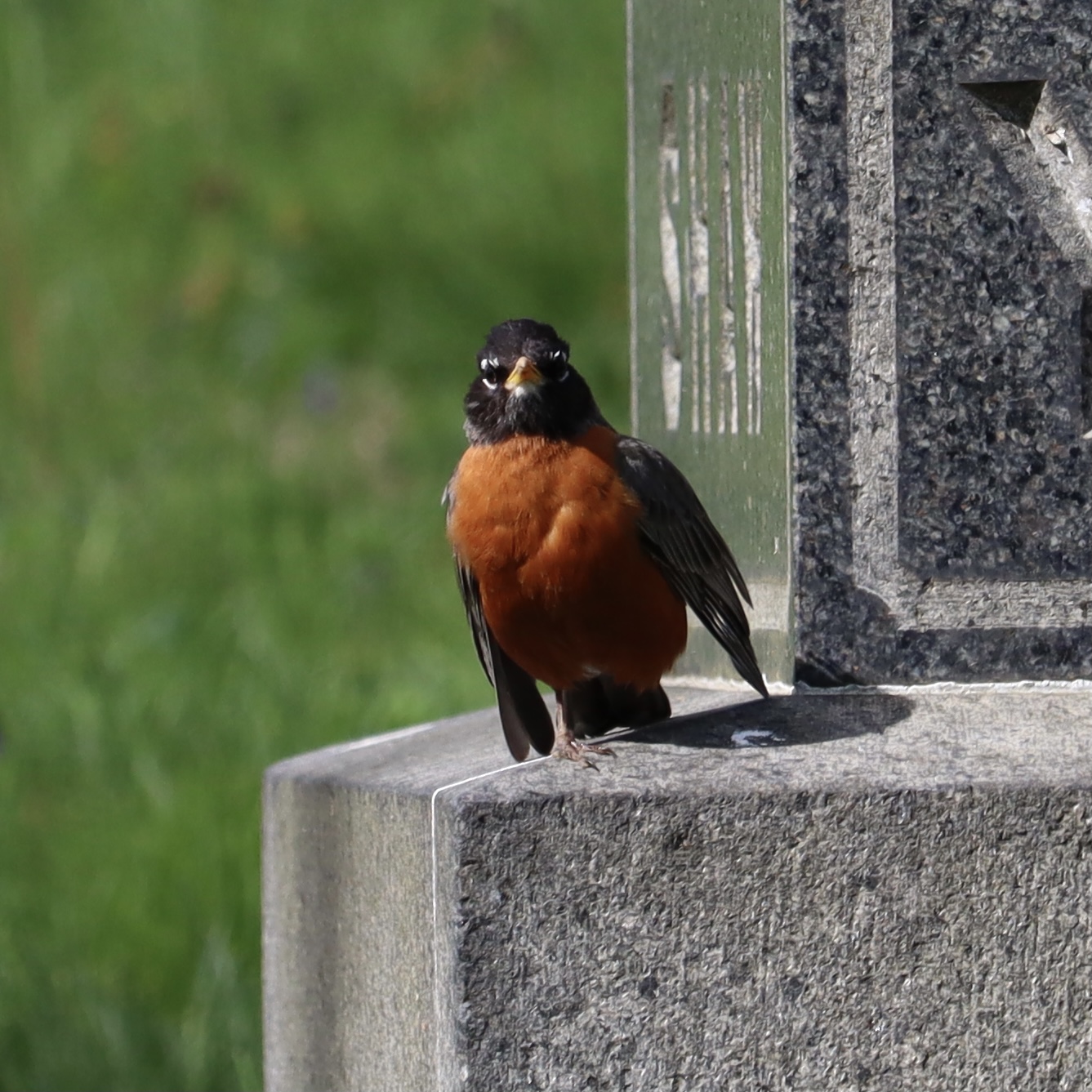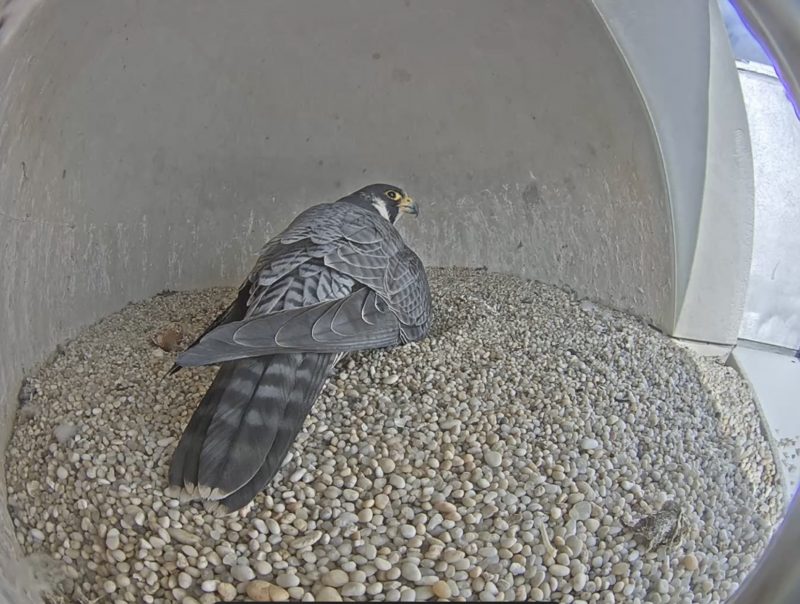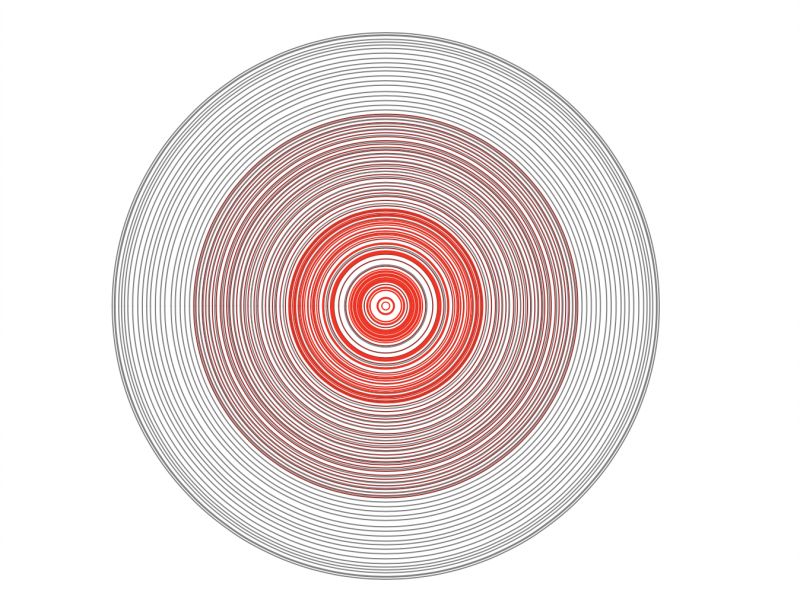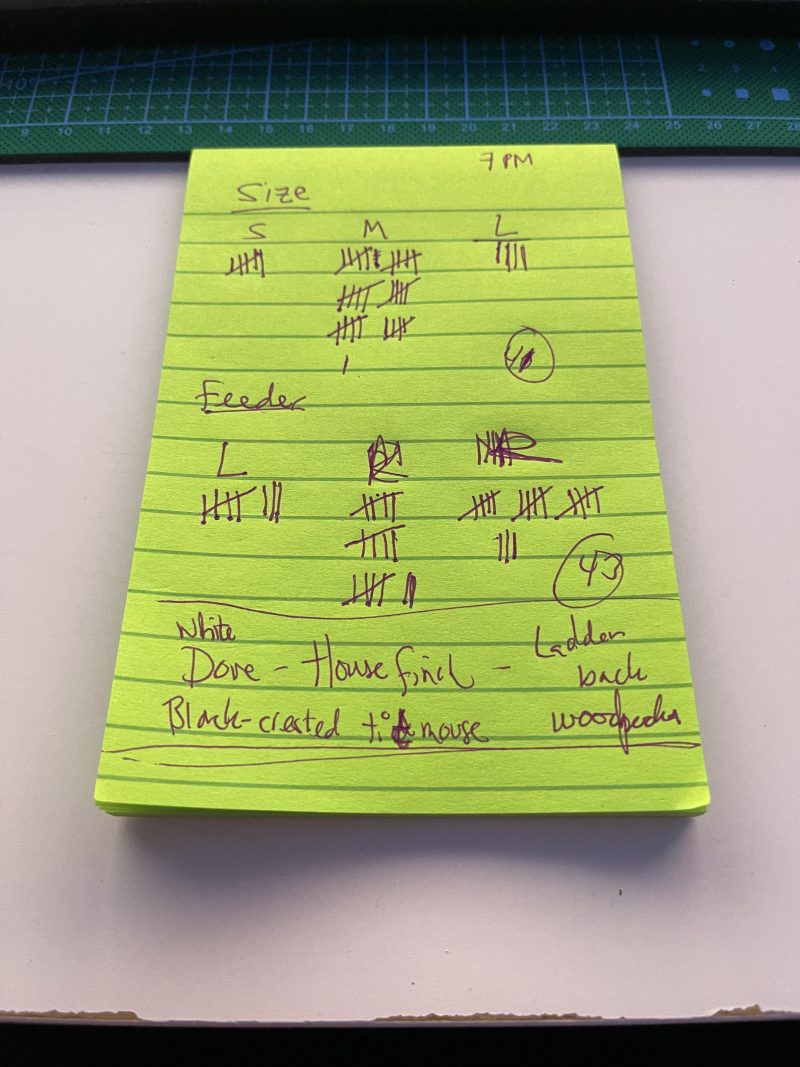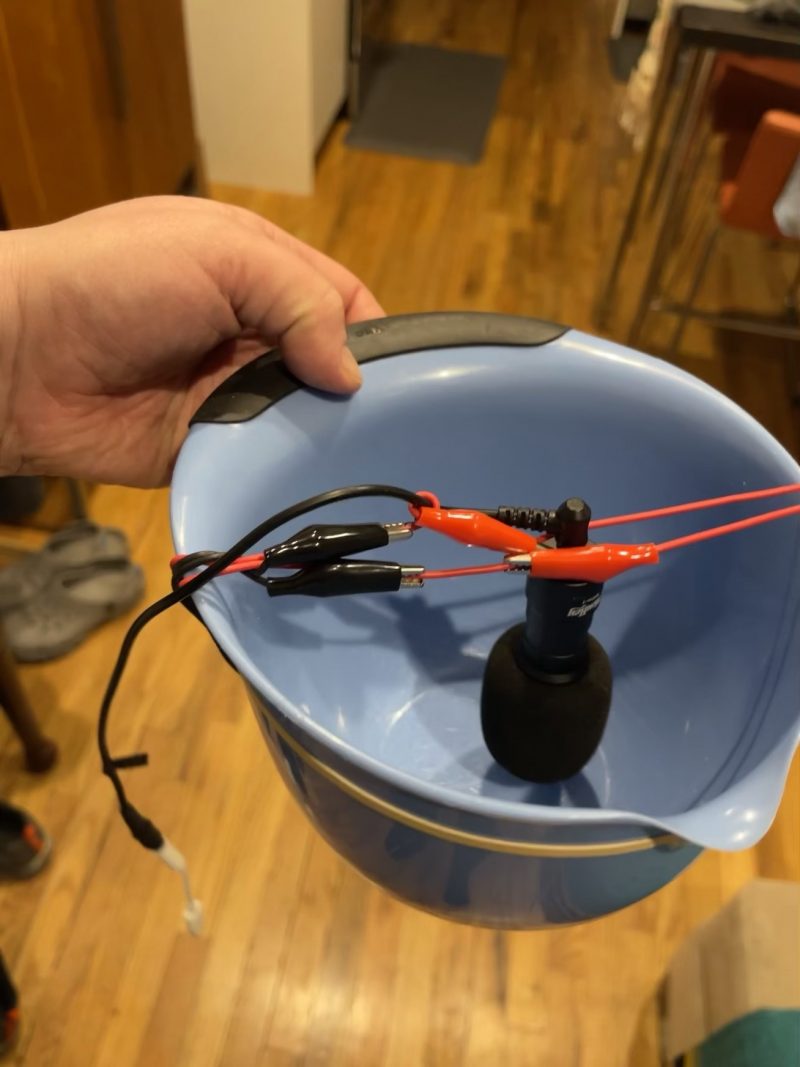Overview
For my final project for How to Count Birds, I wanted to combine a few interests I feel like I haven’t had time (or the ability) to learn more about and enjoy for what feels like forever—specifically, birding, my first DSLR, and exploring places where I can be surrounded by nature. For this, I decided I wanted to look into birding photography for beginners and find a good place around here to do it.
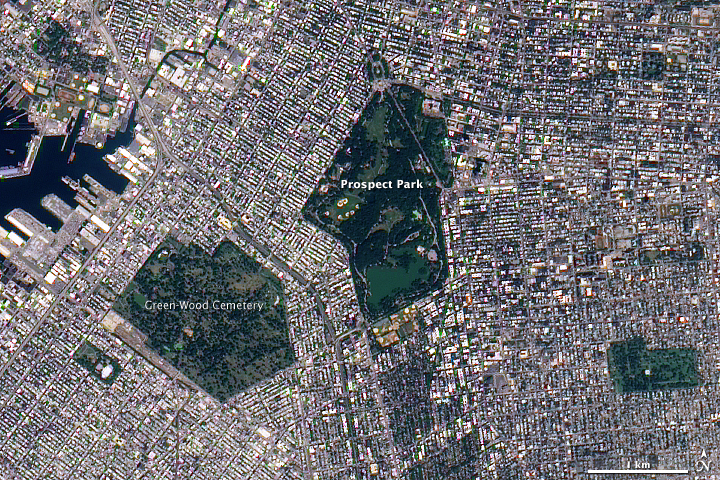
My idea was to write about not only what I’d learned from a couple nights’ worth of research into birding, photography, and Green-Wood Cemetery, but, also, what my experience was in the field. I had a lot of fun with this project and have appreciated the opportunity to learn about and engage with these things that feed the soul (well, at least mine); I hope you enjoy reading about it, especially the pictures!
Study Time
Green-Wood
I want to begin by saying, while I don’t always have the best mind for detail retention of it, I LOVE learning about local history—from the people involved and the architecture (and landscape) changes to the historical significance and evolving practices. And, of course, the feeling is so much stronger visiting the actual place (rather than just be in the same city as it.) So, in preparation of my visit to Brooklyn’s famous Green-Wood Cemetery, I spent a couple hours looking through interesting blog posts, wikipedia articles, and YouTube videos. (I will say that you’re much less likely to hear spooky music or find references to Halloween if you go the wikipedia route, in case you have preferences on such things.)
For me, the coolest facts about Green-Wood include:
- It contains the highest natural point in Brooklyn at 216 ft above sea level (or about 15 stories high.) This point is located on Battle Hill.
- Battle Hill was where the first major battle of the American Revolution after the Declaration of Independence took place— as part of the Battle of Long Island, led by George Washington (yes, that one.) It was also the largest battle of the Revolutionary War.
- To honor the war, many years later in 1920, a wealthy local businessman (and Irish immigrant) decided to build an alter to Battle Hill by commissioning a statue of Minerva—goddess of wisdom—waiving to her ‘sister’ statue, Lady Liberty, across the bay. Interestingly, the statue was almost pointed toward the Woolworth Building in Manhattan–a local sensation, as it was the tallest building in the world from 1913 to 1930. I appreciate the impact such a small change made.
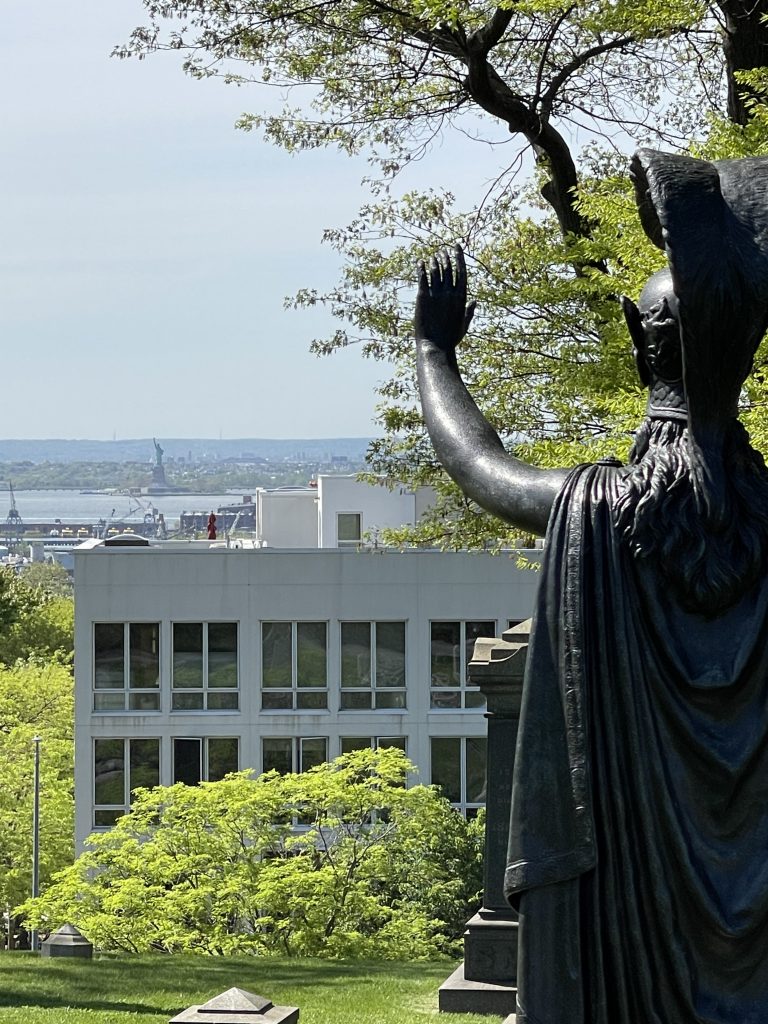
- The cemetery was founded in 1838, before John Neely Bryan built his famous log cabin in what is now downtown in my hometown of Dallas. By the early 1860s, Green-Wood Cemetery was attracting half a million visitors a year—making it only second to Niagara Falls when it came to tourism in the United States at that time.
- There are a bunch of monk parakeets inhabiting the park. There are lots of explanations as to how that could have happened, but I found this article on Catapult fun, interesting, and informative, with good info on the birds, as well.
Birding and Photography
Before heading to the cemetery for the practical portion of this project, I thought should also read into How To take pictures of Birds. A lot of what I found when I searched was more like ‘tips for taking good pictures of birds’, which I appreciated, though I’d started off by looking for more technical guidance. In reading these tips, I particularly liked the suggestions of taking an original photo (my mother always said, “Never take a picture without a person in it; if it’s that pretty, there’s probably a picture or postcard of it already.”…that was before digital film, but there’s still something to it….) and studying the birds’ behavior to predict what it might do as you try to take a photo.
As I read more, I realized there were probably quite a few more factors than which lens to use. For example, the Audubon society says on its suggest that, to avoid blurry wings or heads, you learn which shutter speed you need to capture different behaviors in crisp detail. Another idea I felt worth keeping in mind for my photo outing was that focusing in too much can work against getting shots of desired birds as they may fly out of scope at any moment, and less scope means less likelihood the bird will be in-frame.
I decided to delve into the Audubon’s website’s resources a bit more to get a sense of which topics I might want to read more into before my birding trip. These areas/articles include photo composition, lighting considerations, and best equipment for what I might expect.
From my web search, these are the sites I feel are worth a read on the following topics:
Photo Composition
- How to Compose the Perfect Bird Photo – Audubon
- 20 Tips for Bird Photography – Photography Life
- 9 Top Photography Composition Rules You Need To Know – ePHOTOzine
Light and Lighting
- How to Use Lighting and Angles to Take Better Bird Photos – Audubon
- Bird Photography Tip: Use Light to Your Advantage – Bird Photography Life
Best Types of Equipment to Use
- Our Camera Gear – Bird Photography Life – This was really informative when it came to comparing common Canon lenses.
- Bird Photography Gear Guide – Glenn Bartley Nature Photography – Bird Photography from Canada and Around the World – Contains a great overview of different types of photography gear/products with specific examples.
- How to Choose Your Equipment – Audubon – This is a general considerations guide.
Taking the Best Images as a Beginner
- Bird Photography for Beginners – SLR Photography Guide – This is a great overview on bird photography that includes tips for beginners, as well as those with more experience.
For VERY IN-DEPTH Info on Birding Photography
Secrets of Digital Bird Photography – Tools and Techniques

Equipment
Here’s the equipment I’m using, an entry level (Canon Rebel) DSLR camera with both an 18-55mm lens and a 55-250mm lens. In learning about the equipment, I found out that there’s something called a ‘crop factor’ that I had yet to learn about on my camera. Because a crop factor magnifies the power of the lenses used, the lenses I brought with me had an effective magnification of 1.6x, meaning the 18-55mm lens zooms more like a 29-88mm lens would and the 55-250mm lens zooms more like a 88-408mm sense would. I also brought with me a 2x telephoto lens attachment, but decided against bringing my 60” tripod (good decision.)
Notes to Self / Tips
So, here’s a summary of the things I most planned to keep in mind as tips for best bird photography results (as a beginner):
- 400mm is generally an idea lens length to use for birding; a lens around 200mm with a 2x lens converter is good. (Though with crop factor, my 250mm lens acts as a 408mm lens length.)
- more bird in the frame, the better, generally… but don’t the scope too much. Also, having more blurred backgrounds helps keep focus on birds’ details.
- “Aperture Priority” exposure mode is what I should start (and probably stick) with as a beginner.
- Lower Aperture numbers (f/4.0 to f/5.6) will help to allow more light to enter—higher numbers => smaller openings; try starting around f/5.6.
- ISO no greater than 800 will help make sure the images aren’t too grainy, the “lower the better”; try starting at 600 ISO.
- Study the behavior of the birds you want to photograph to predict where they may go / how they may act when you try to take a photo.
- Photo editing is also an important part of the process, so don’t forget further potential exists for the pictures you take. Be creative!
The Field Trip to Green-Wood
I arrived to Green-Wood Cemetery around 3PM on Thursday, May 6th, 2021. The weather was beautiful; it was 65ºF and sunny. There were very few visitors for the size of the cemetery—side note: that’s the third time I’ve typed ‘park’ instead of ‘cemetery’… there’s good reason for that, Green-Wood has been sited as the inspiration behind the design of one of the world’s most famous parks—Central Park. I felt as if I were immersed in a postcard the whole time I was there and, often, as if I had been transported back in time. Many views of the cemetery were of just green fields filled with century-old tombstones, paths, and wrought-iron signage. If you haven’t been, I can’t recommend enough going for a leisurely stroll; for the record, it’s encouraged… and free!
While I was there, I took over 400 photos; admittedly, many of them were blurry and a lot of the images were of the breath-taking landscape. The cemetery is notable not just for its memorials and landscapes, but also its architecture and nature, the last of which is why I chose to visit Green-Wood. The number of birds on the grounds is stunning. Green parakeets, more American Robins than I’d ever seen in my life, and Canadian Geese were just a few of the birds I observed while there. I can’t wait for you to check out some of my photos.
How to Shoot Birds
Alright, maybe this section should be more about how *I* shot birds, as I was a complete novice when I began this project. I’d had my DSLR a couple of weeks, but had been hesitant to use it as the vendor had pulled some tricky stuff. Yesterday, I took my first pictures with it on the way to cemetery. For the record, I’d taken a half-semester course, Video and Sound, my first semester and learned some DSLR basics and had read through the Canon Rebel manual. I combined what I’d learned about the camera and lenses, birding, and the basics of (birding) photography to take these pictures. To identify the birds, I used the Merlin app—usually searching by size and color to successfully identify—and to track my sightings, I used eBird.
I tried to stay true to my tips for taking pictures. Though I’d changed the settings so the aperture would be f/5.6 and played with the ISO, after a while, I realized that my fairly sophisticated camera does a fairly great job at capturing unobstructed birds and I let it do most of the work. I had issues with focus when there was significant foreground–like with nearby tombstones, protruding branches, or lots of leaves. I found watching the birds and their behavior led to better results. I also discovered that my fancy iPhone 12 Pro Max didn’t take the greatest pictures of tiny birds among foliage.
From this project, I now have a better idea of which types of things I need to look up and work on in the future–namely, focusing on and getting the best images of subjects that are surrounded by other items that can pull focus. I look forward to improving my practice and even working on my binocular skills–as you don’t always need a photo to remember a special day of sightings!
Check out the captions for information comparing the photos and information about what I found interesting/significant in the images.
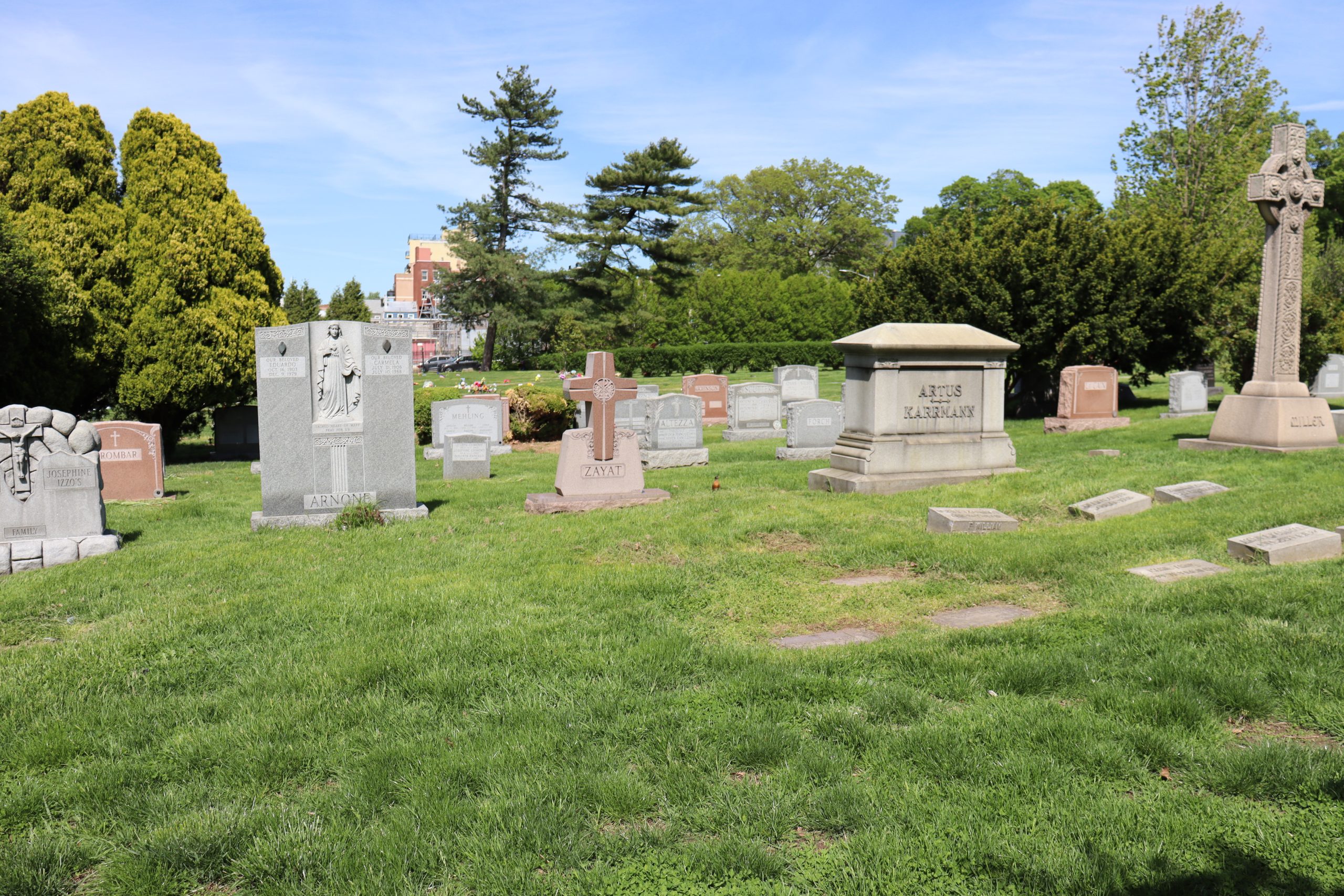
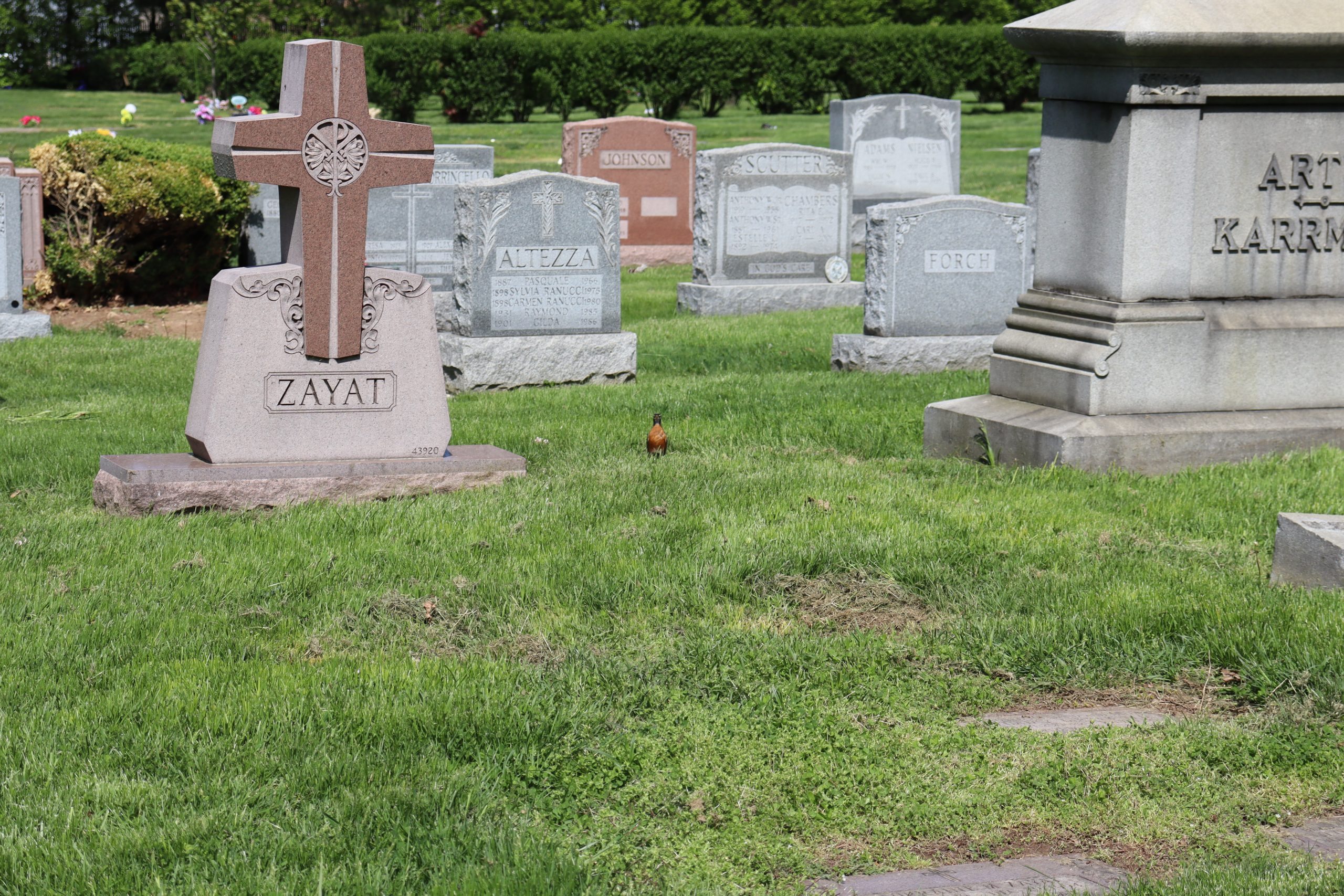


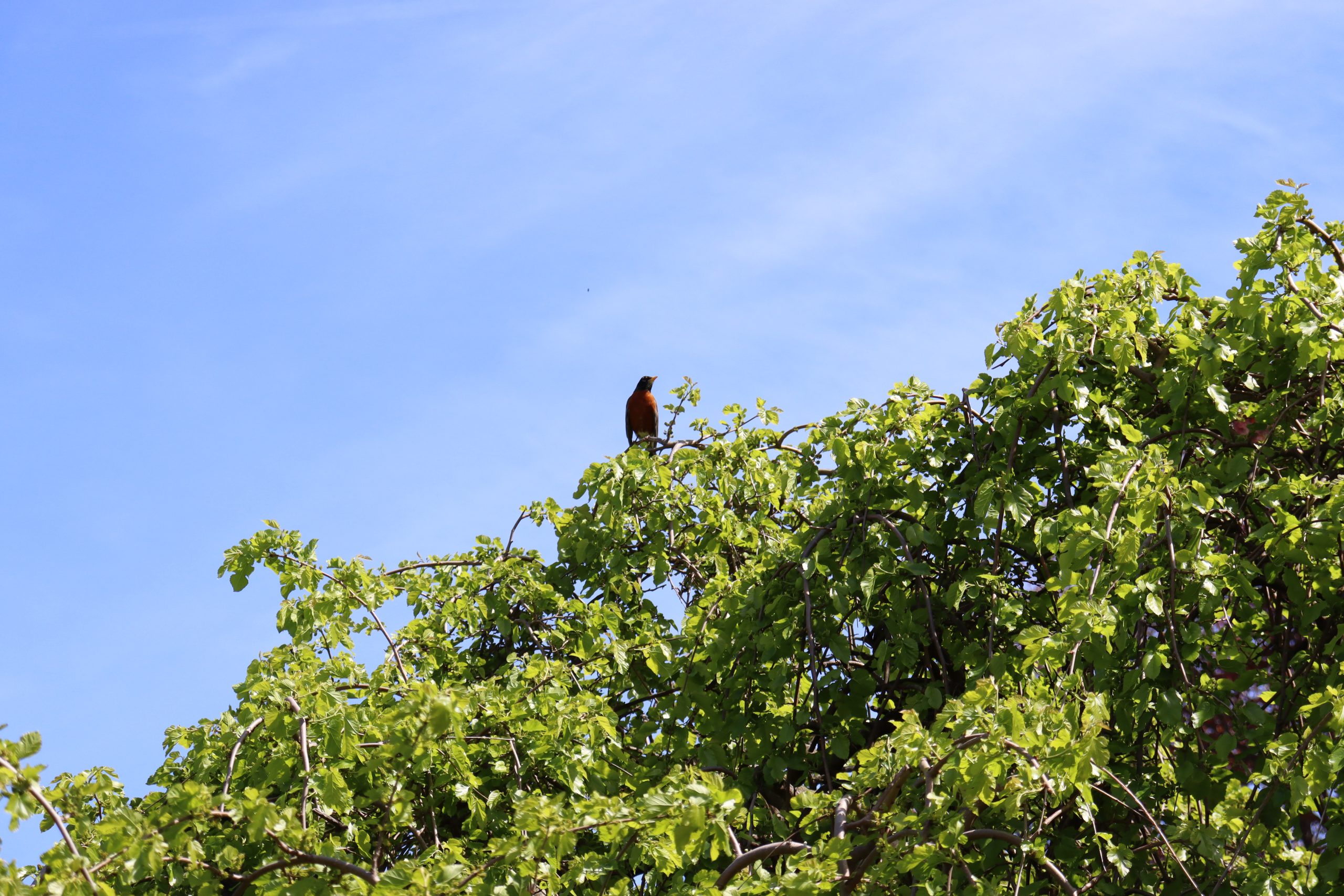
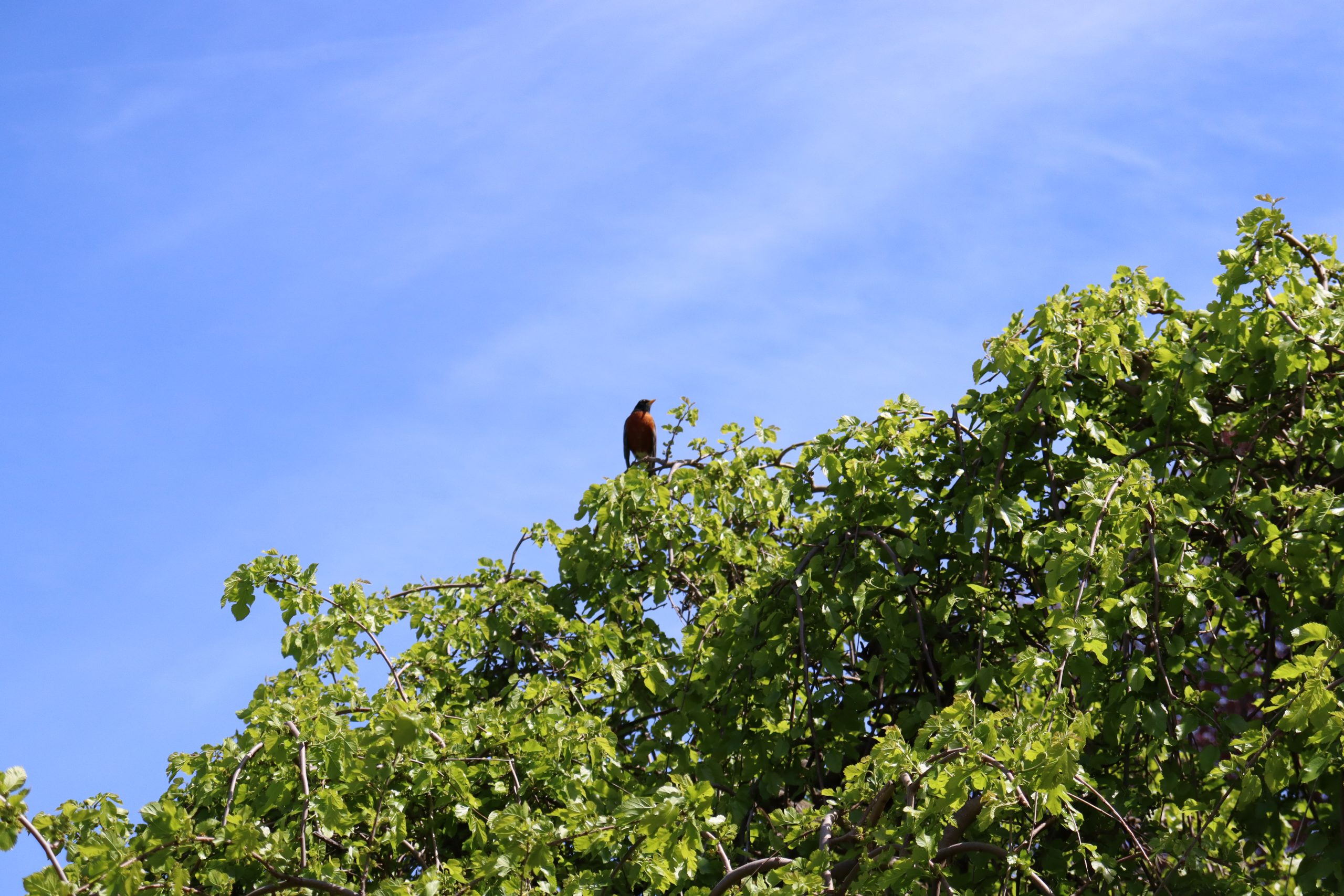
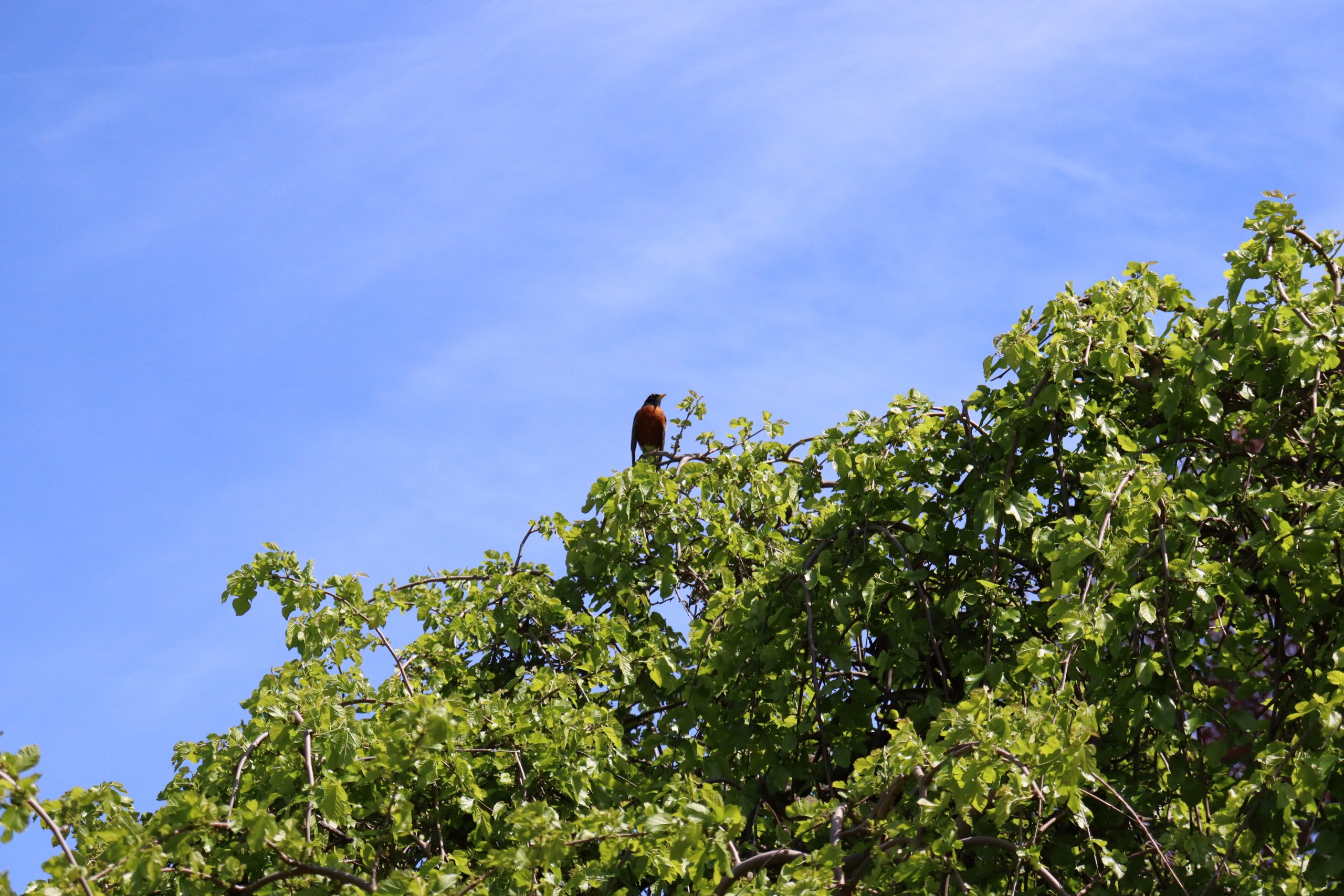

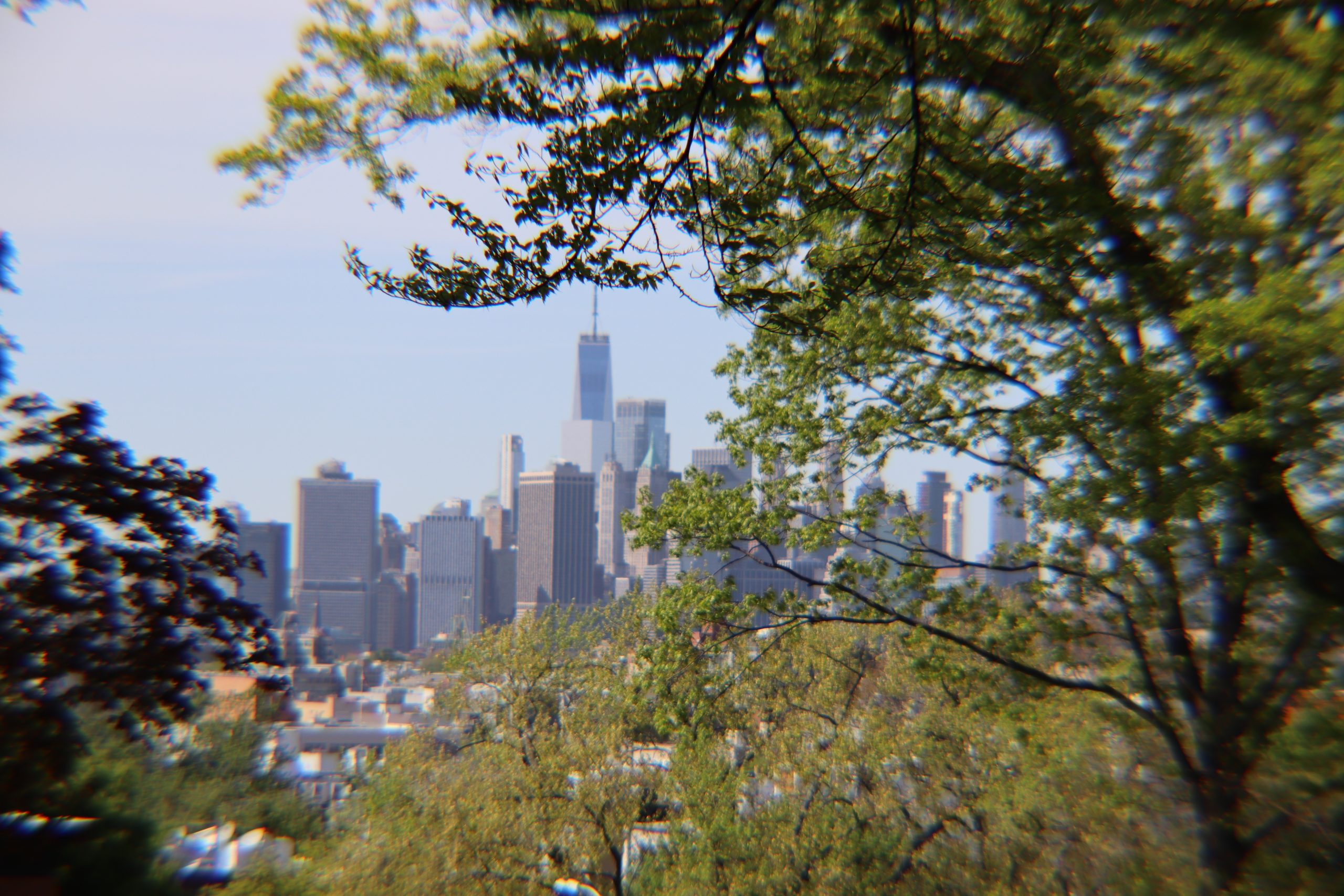
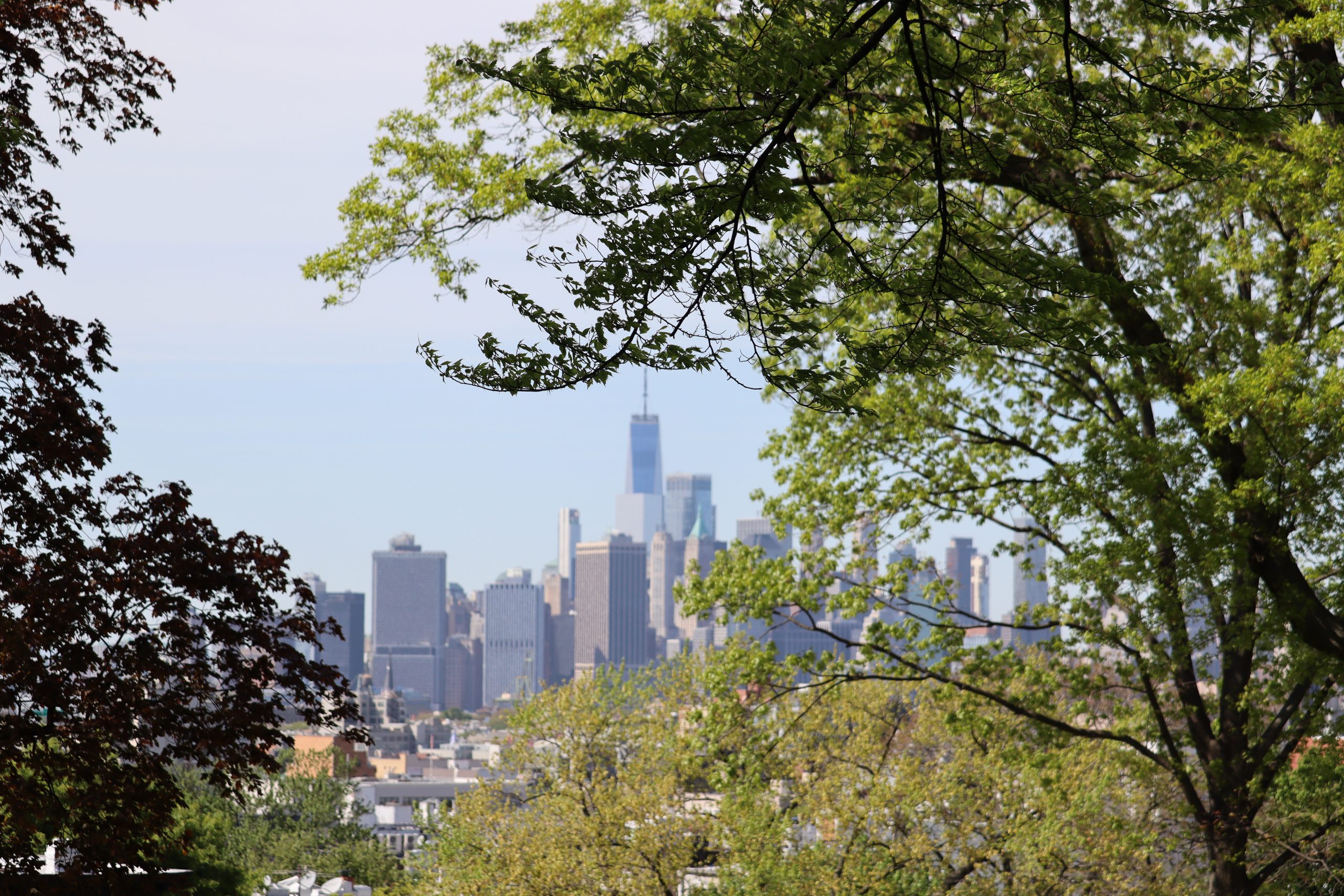
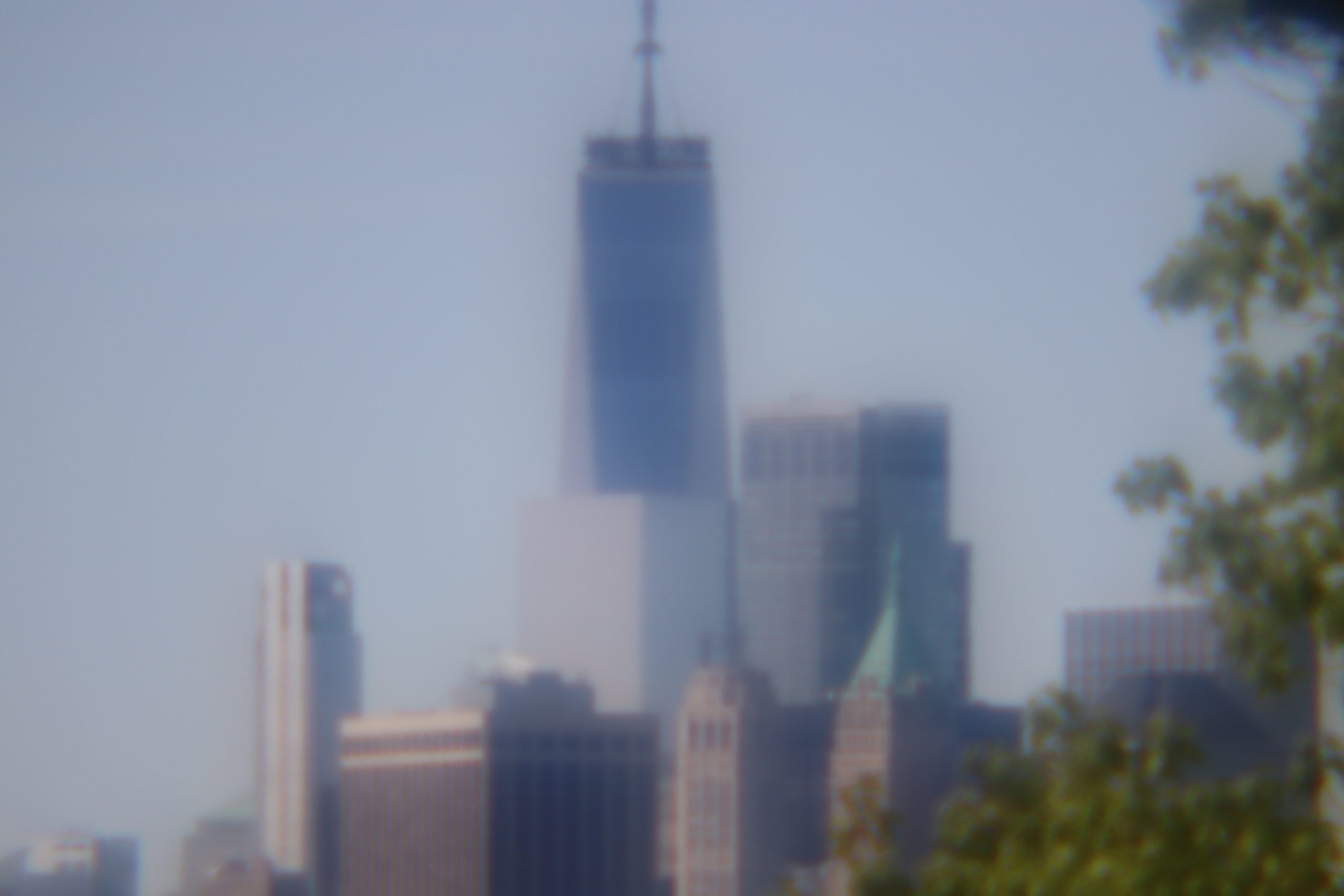
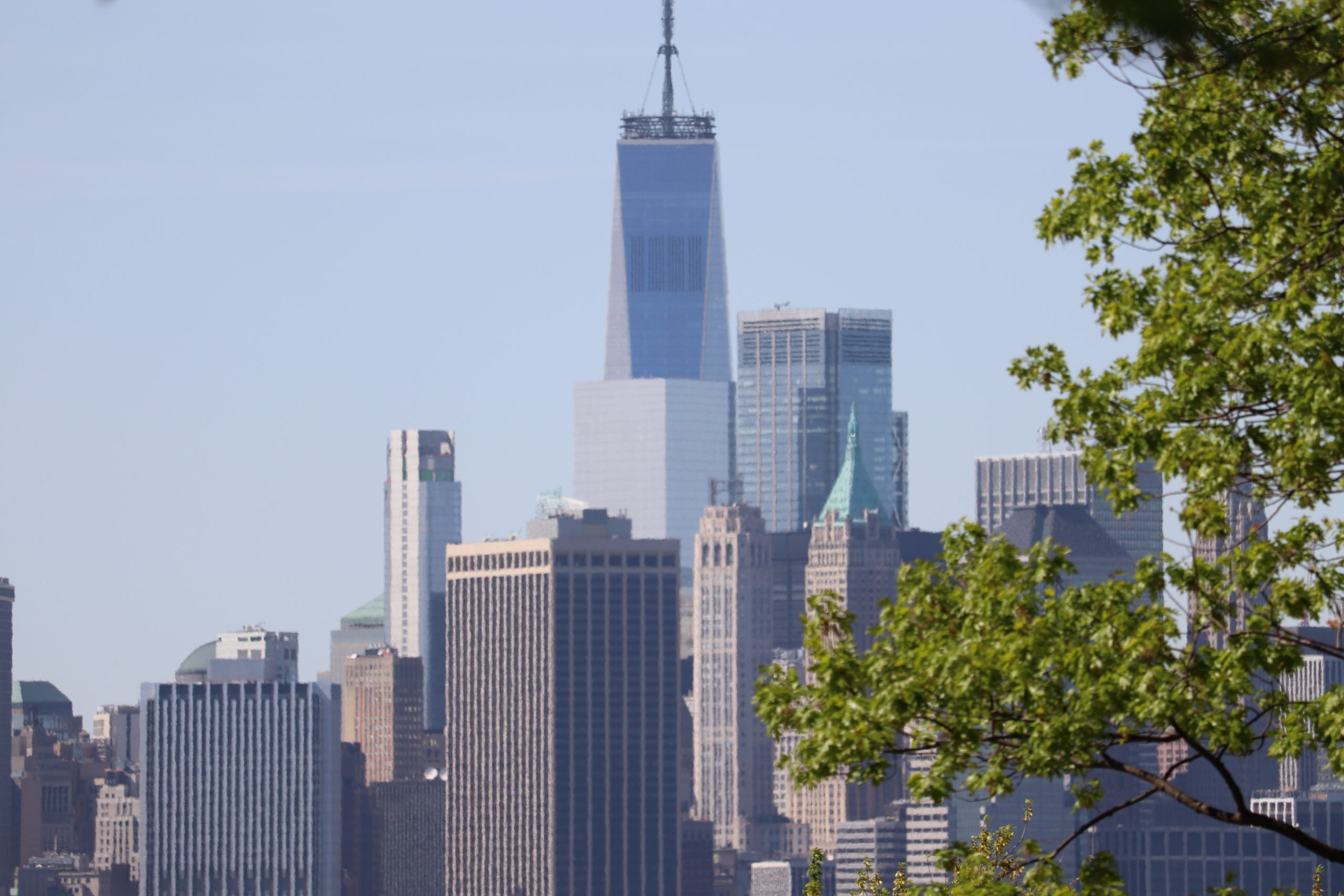

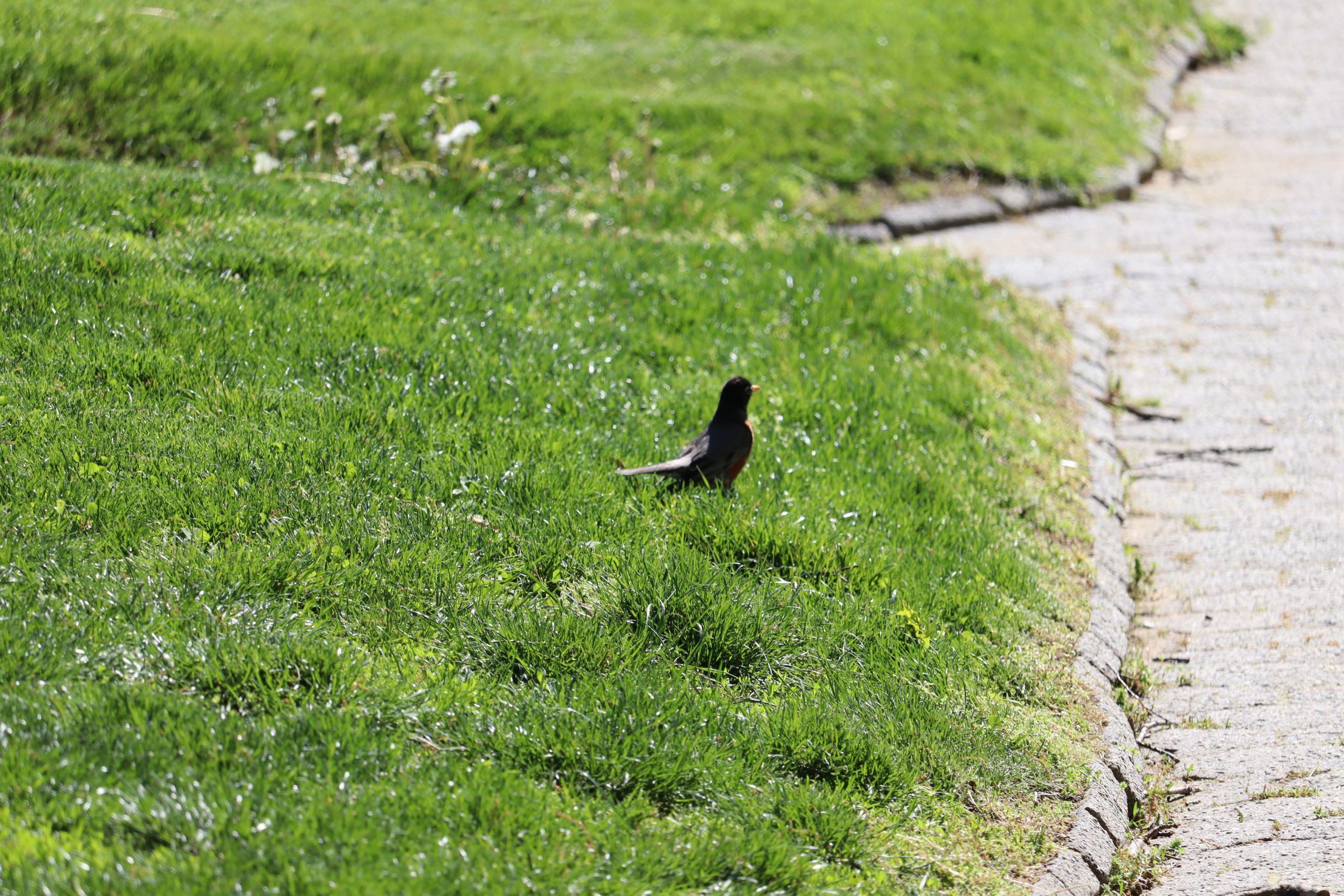
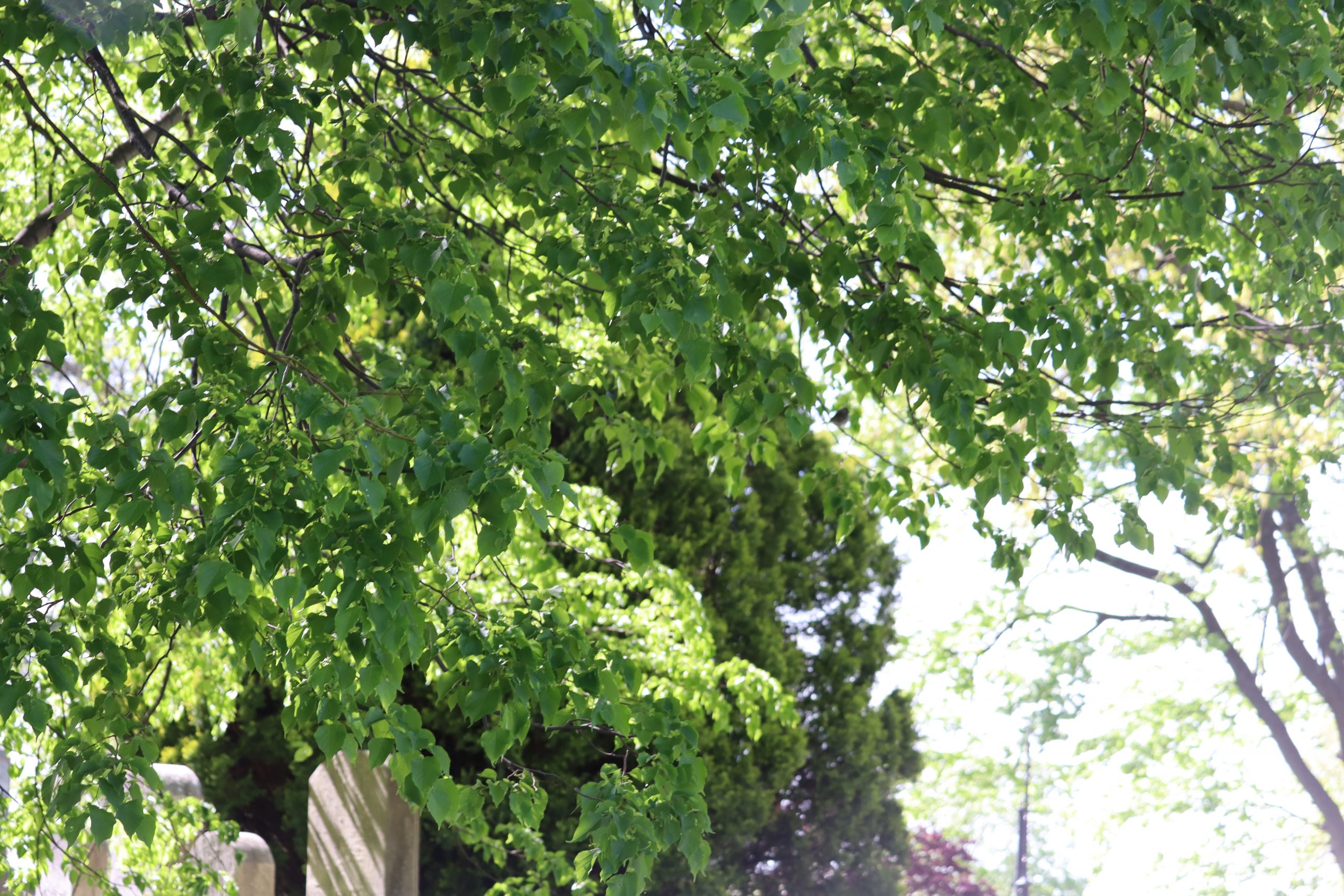

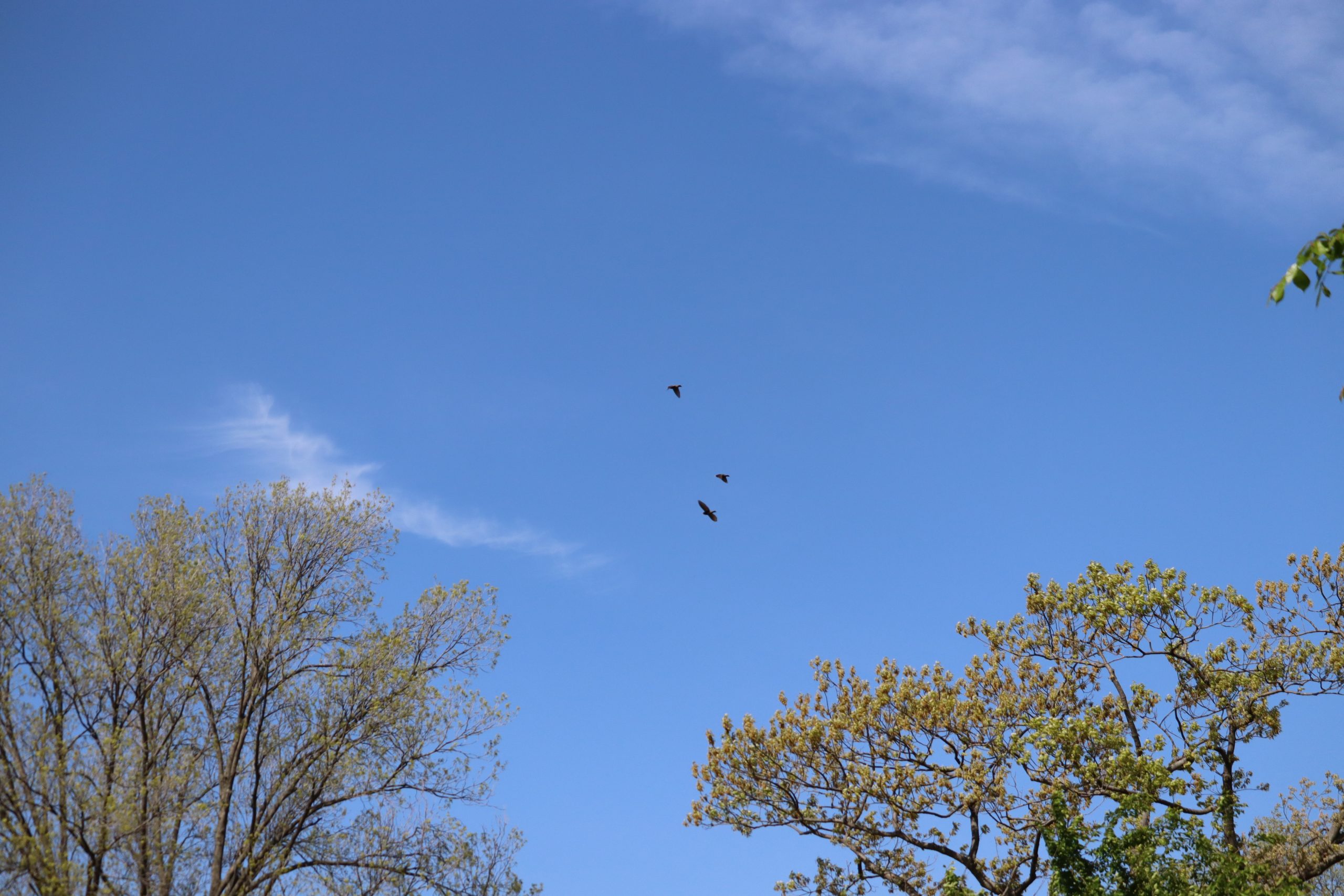
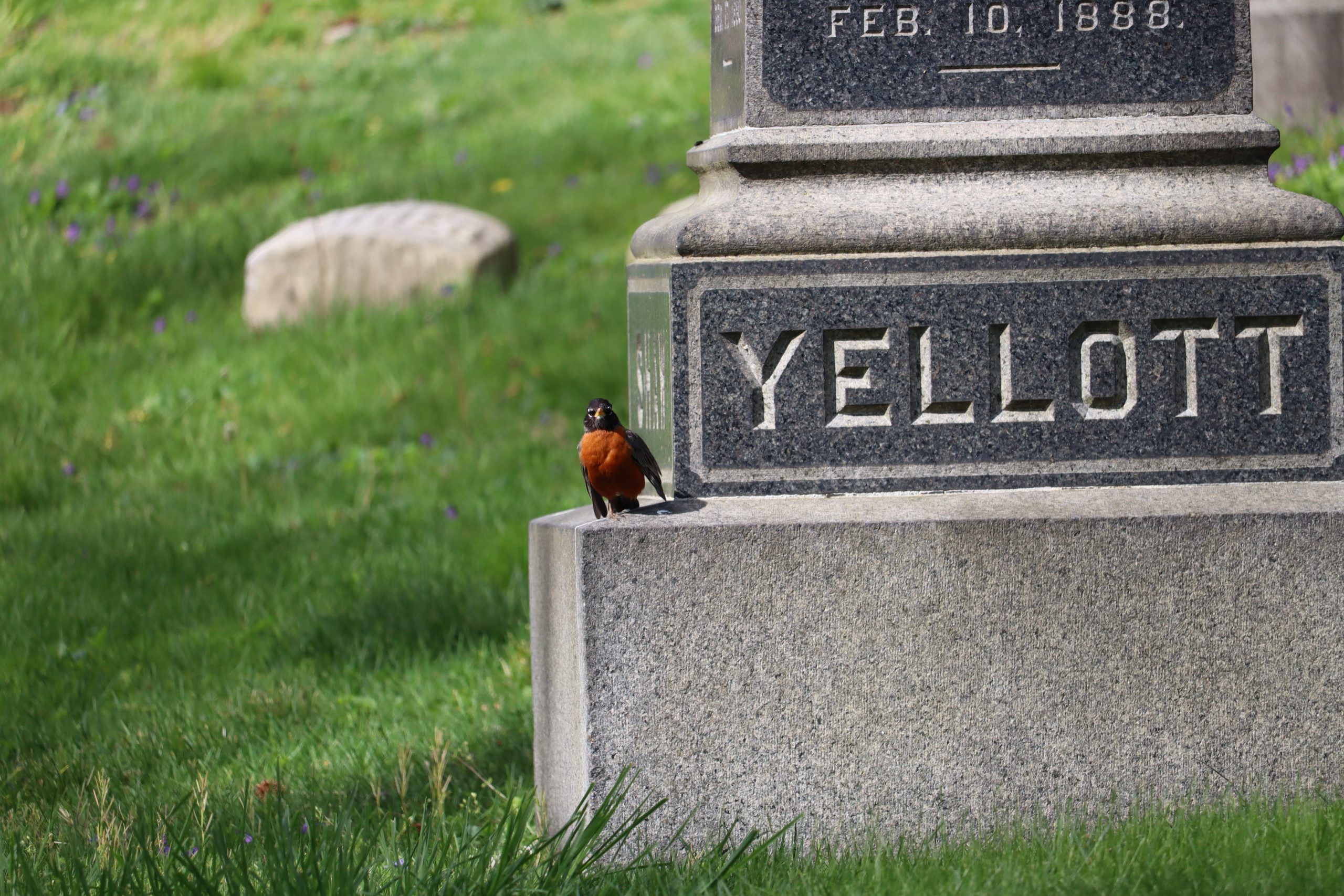
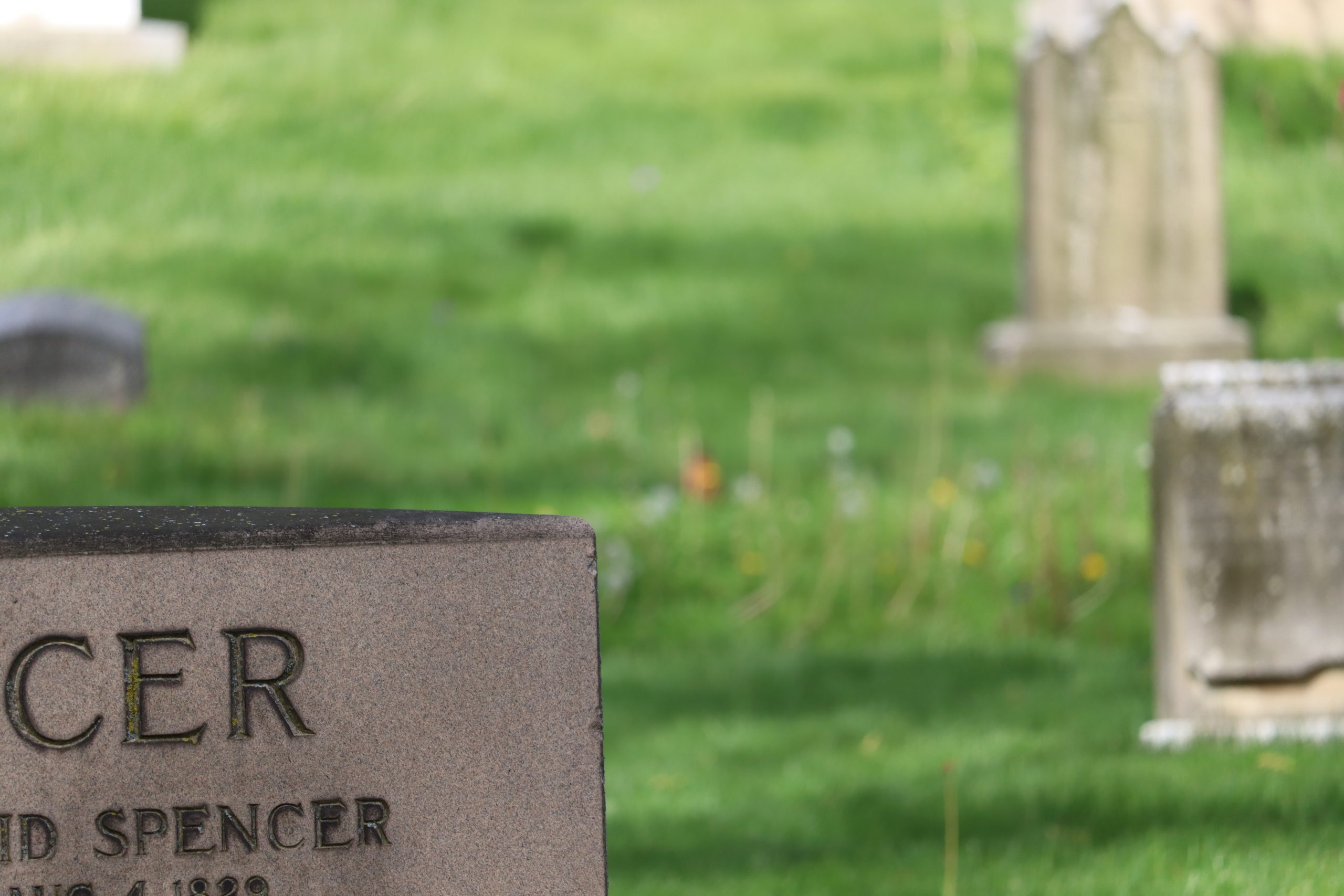

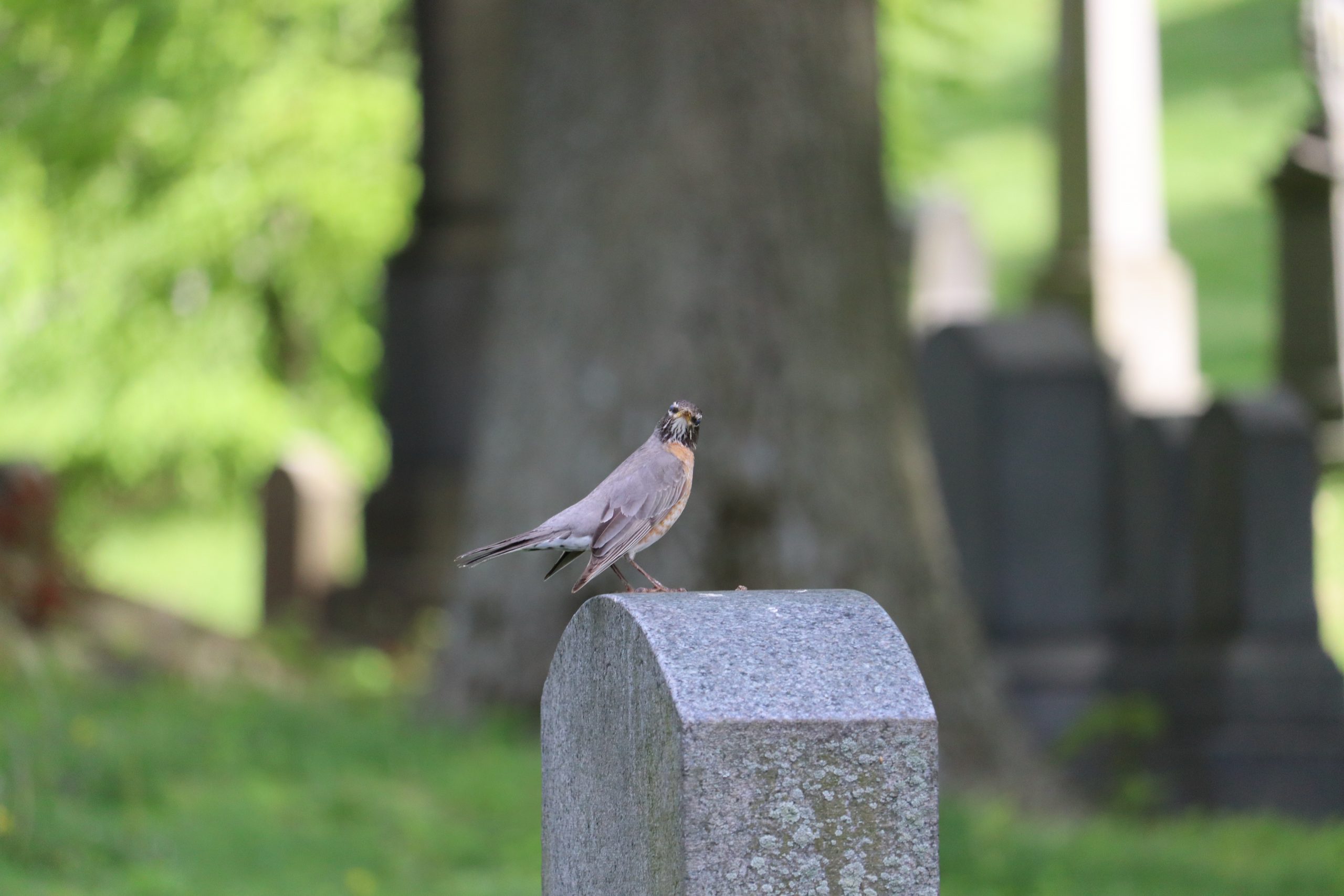


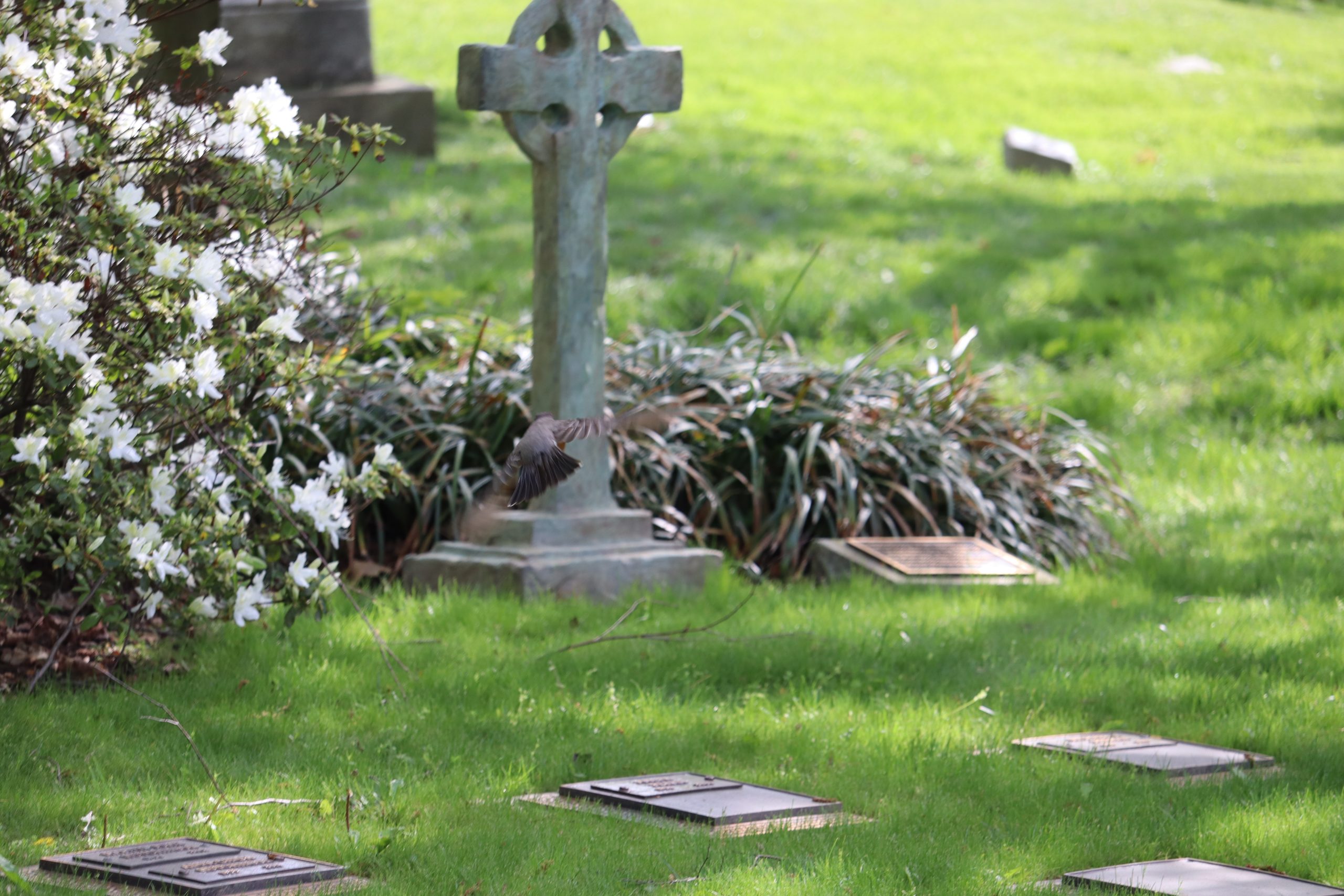
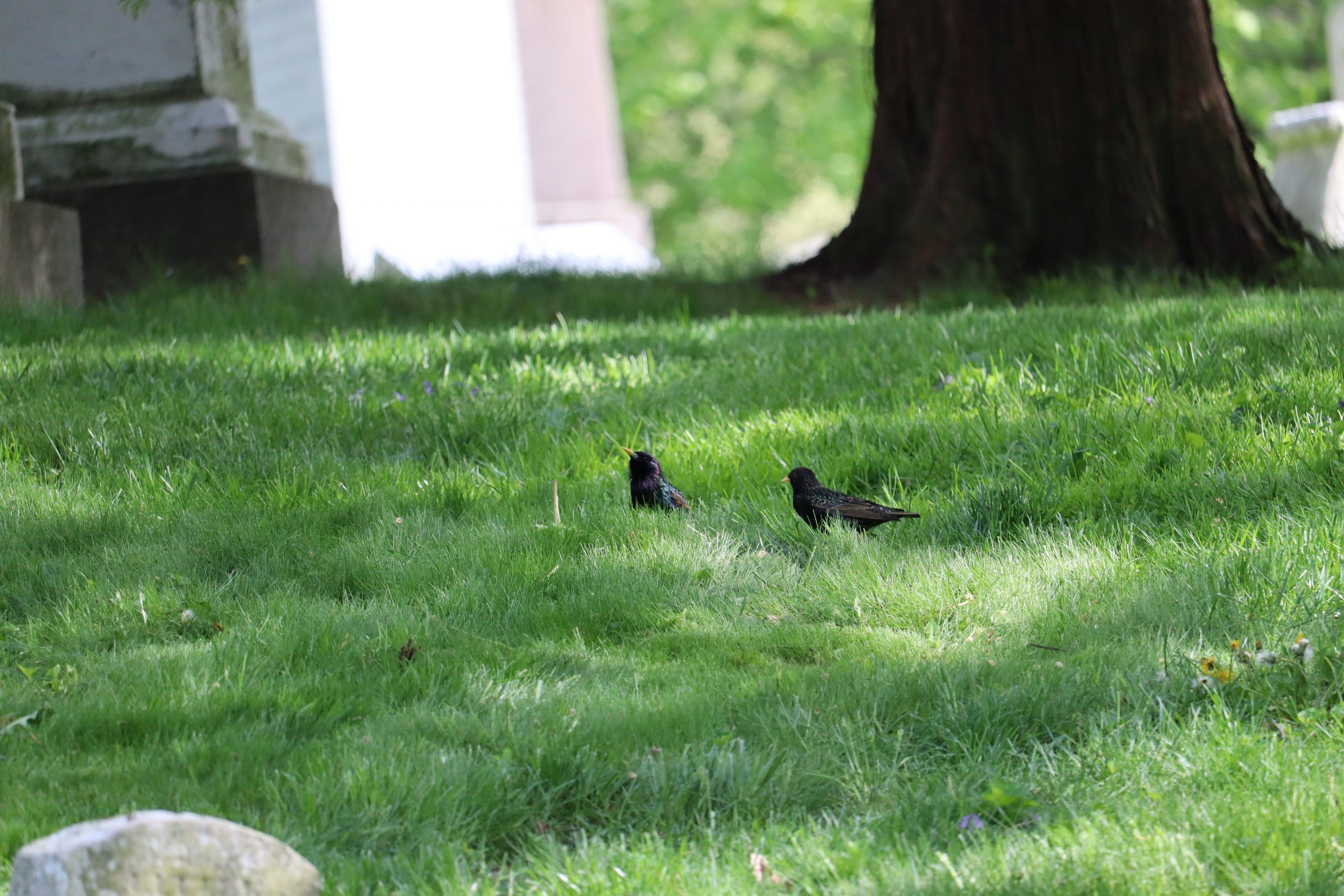

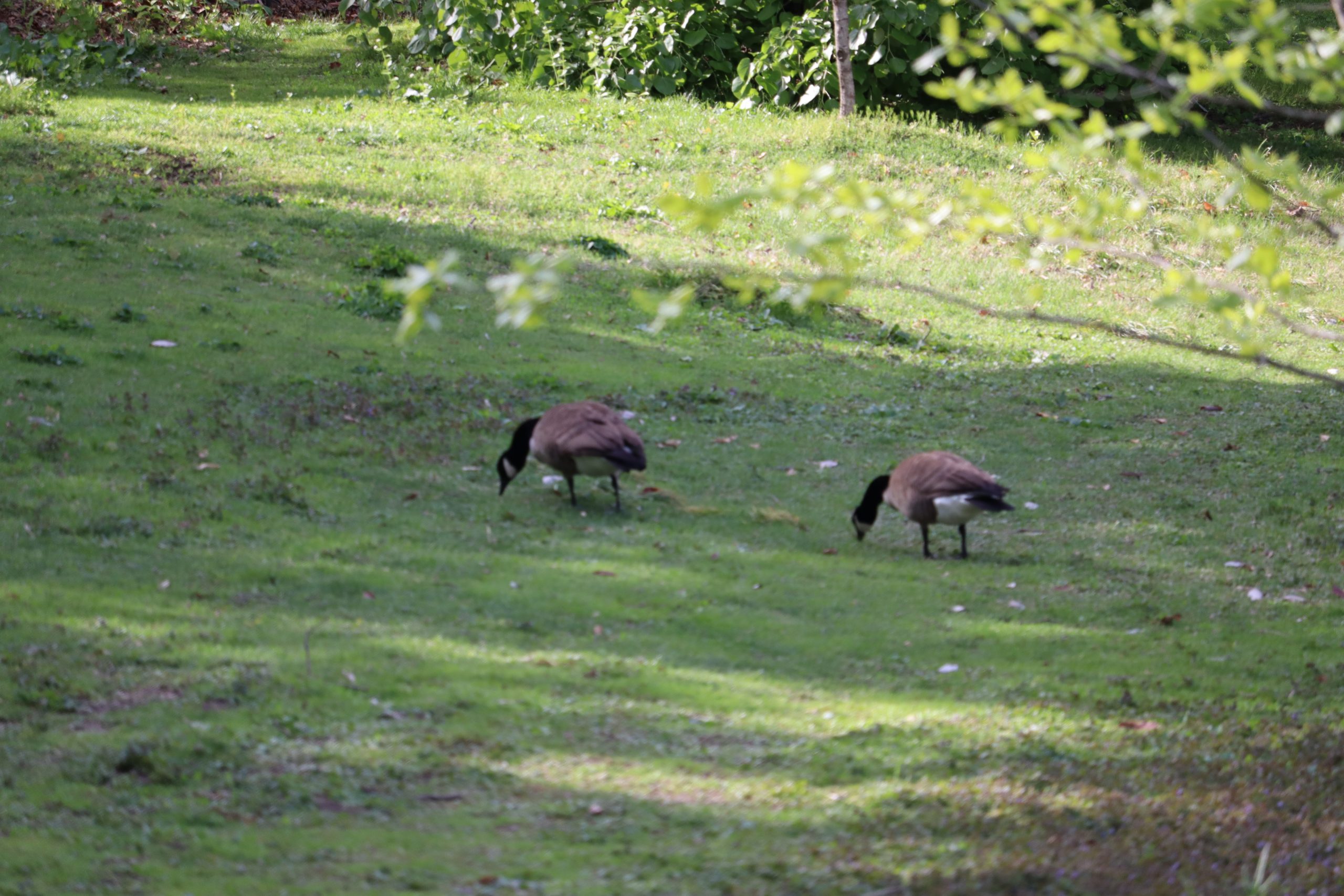

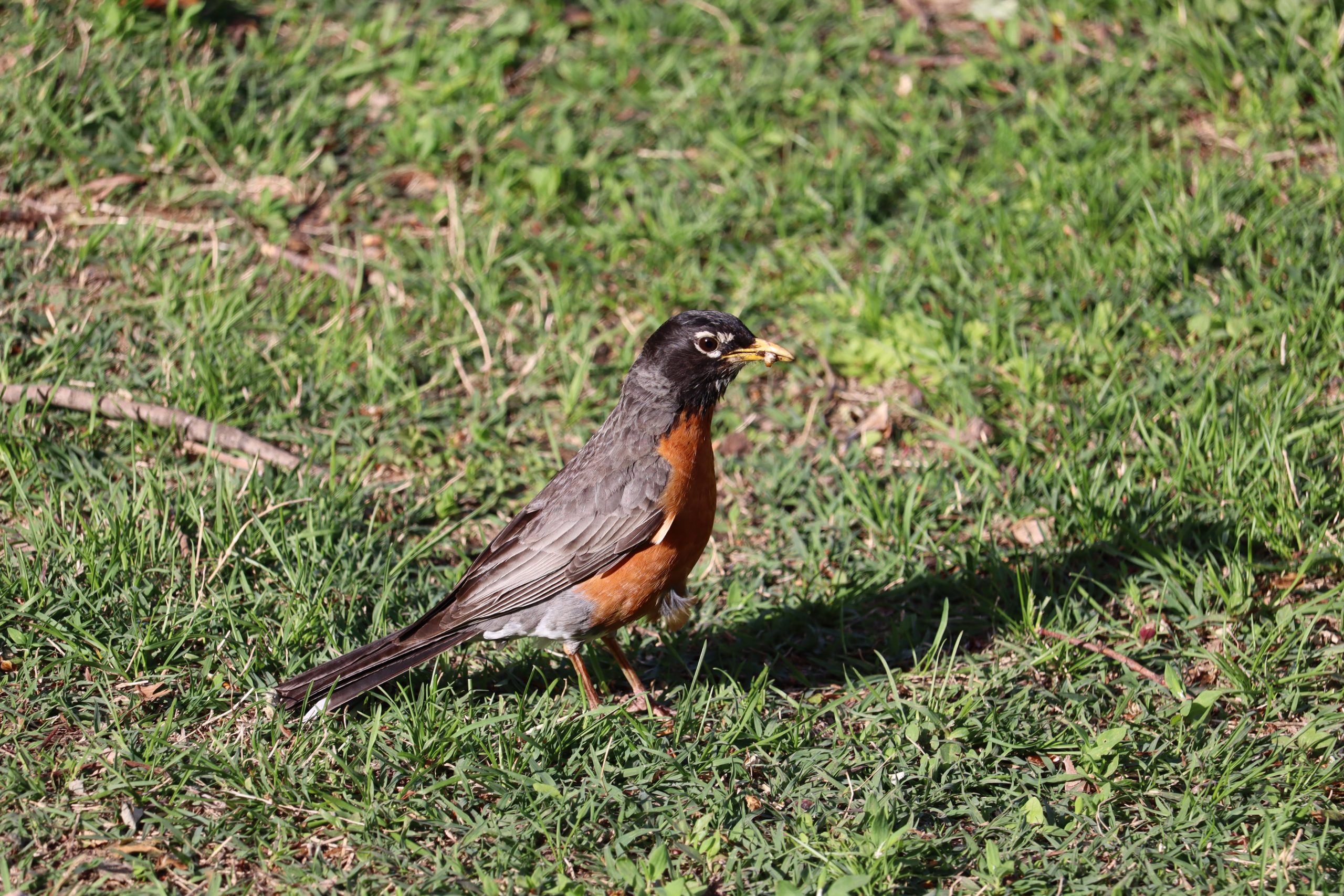
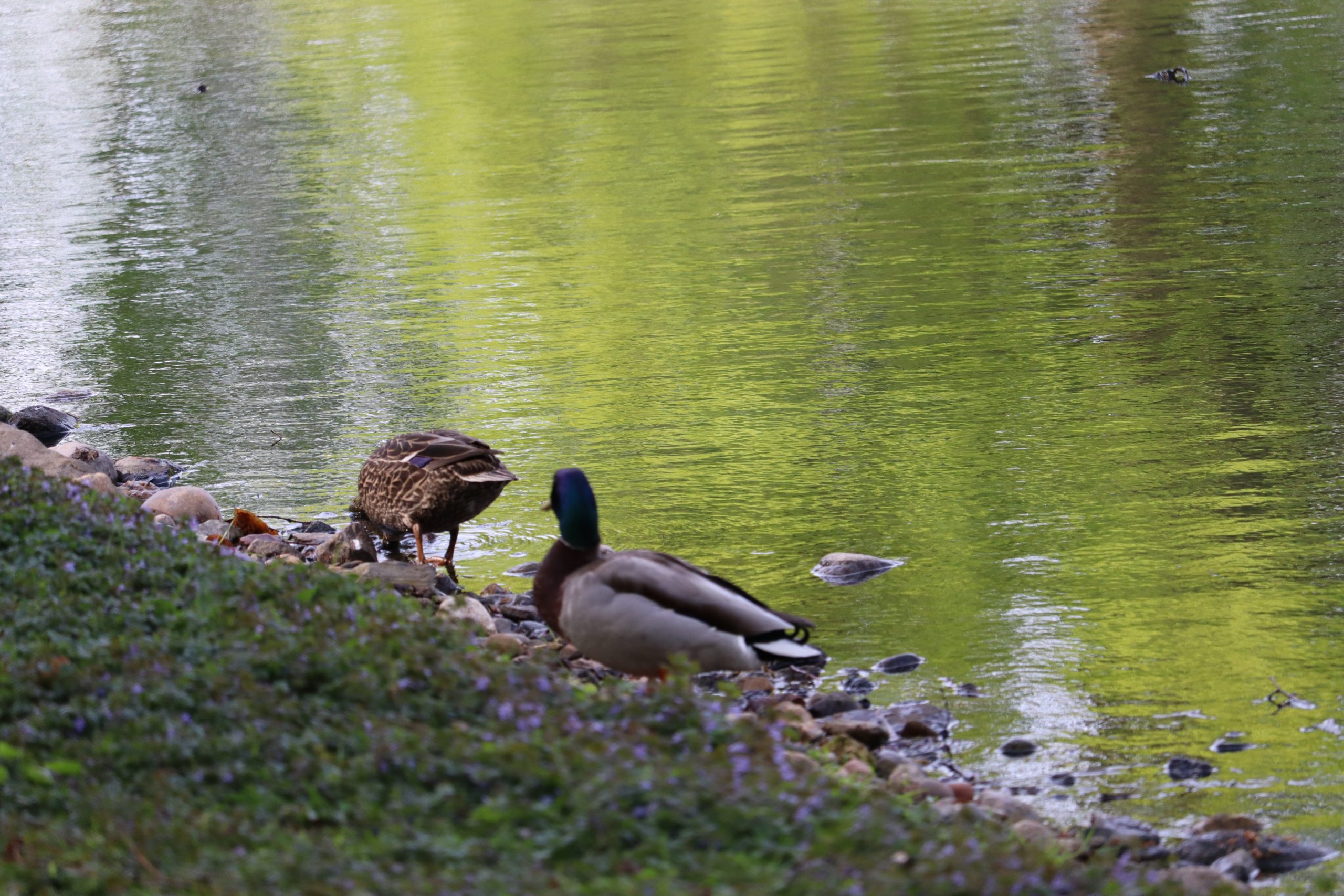
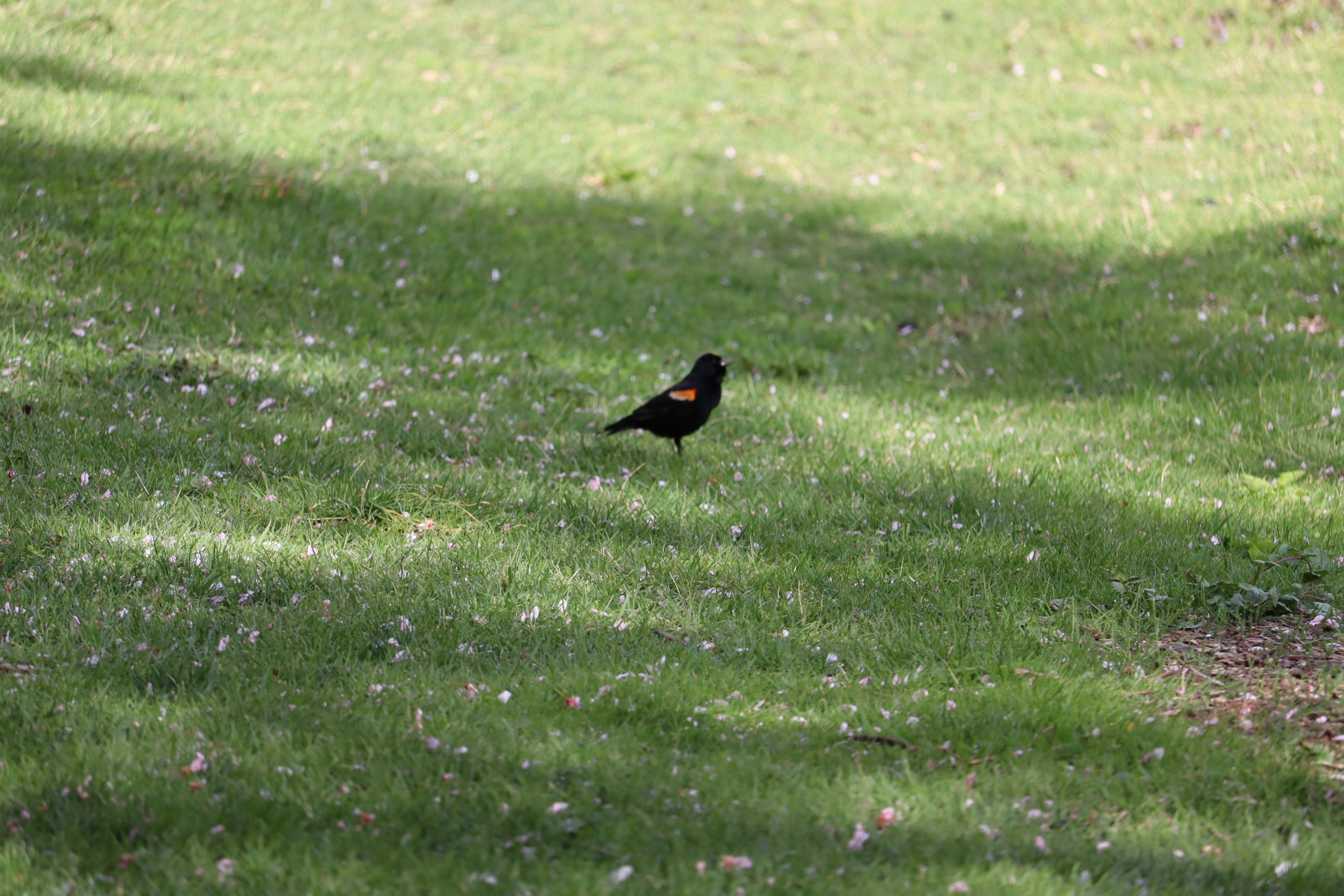
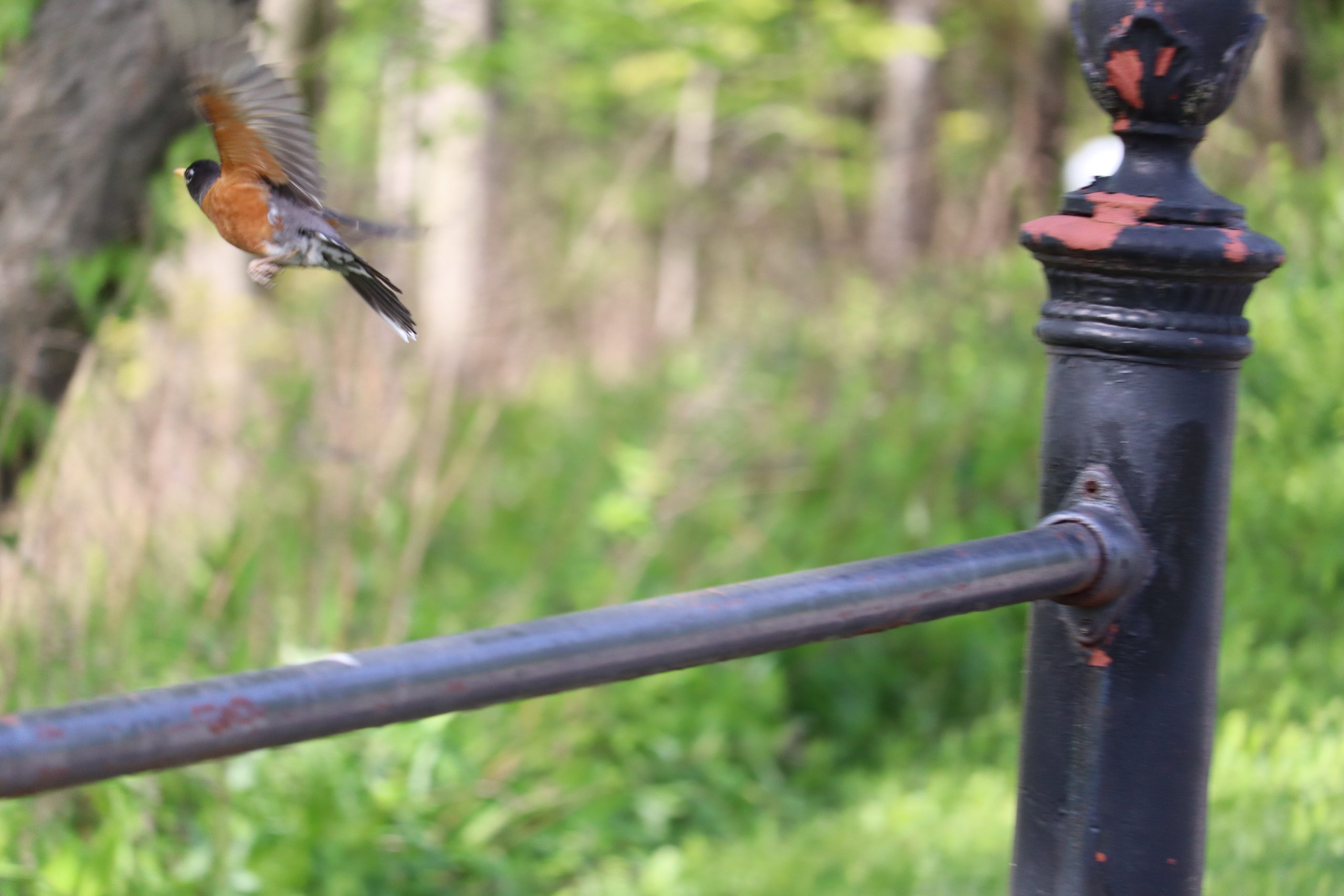
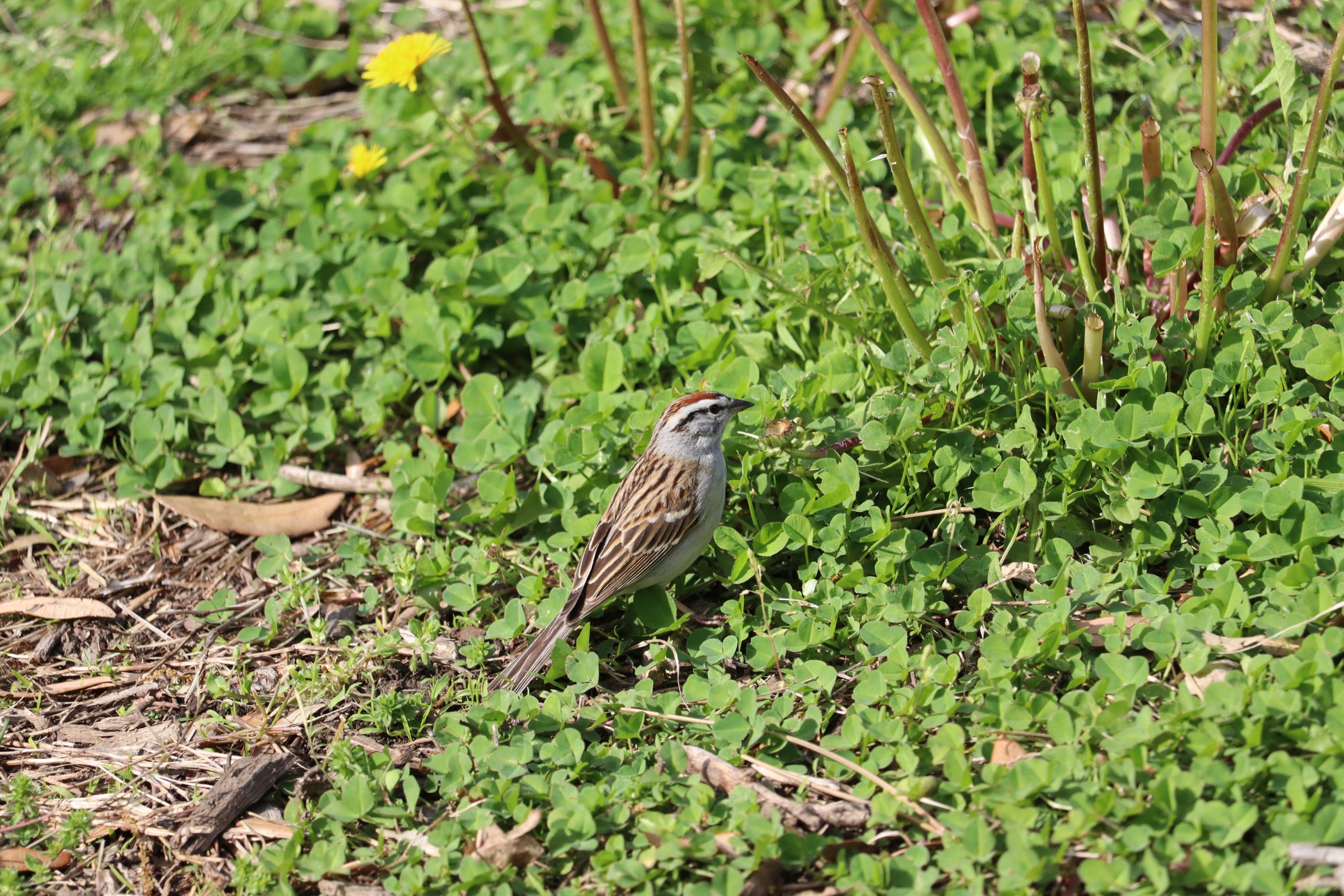
The Tally
In case you were curious, here’s the tally of the birds I was able to identify and count while at Green-Wood Cemetery. There were so, SO many more birds left to count and identify, no doubt I’ll be going back. If you go and apps aren’t your thing while enjoying nature, as you enter, you can pick up a paper checklist of the birds you’re most likely to see in the cemetery!
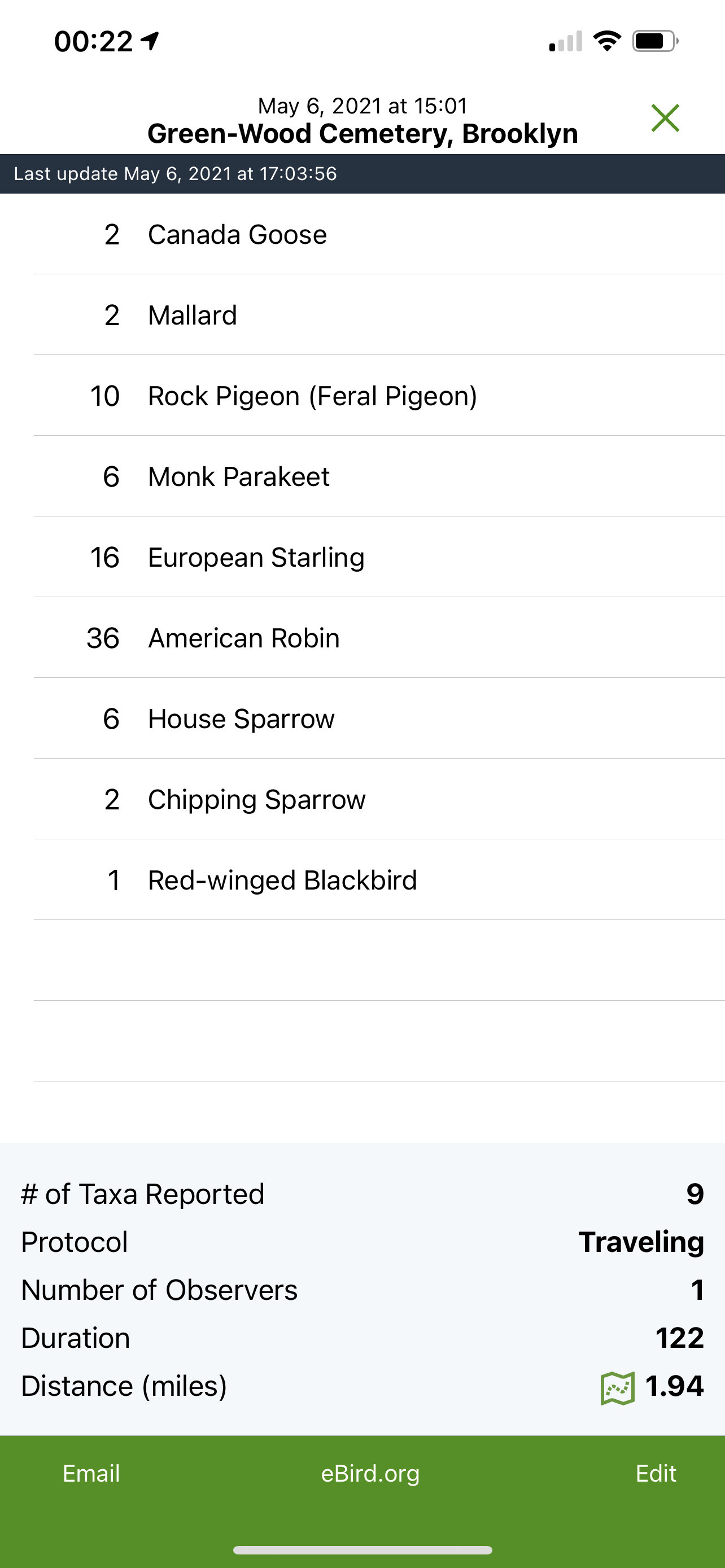
If you’re at all even a little interested, I hope my sharing my experience inspires you to dip your toe into birding locally, try your hand at birding photography, or visit a local place in nature of historical significance–or all three!
HAPPY BIRDING!

